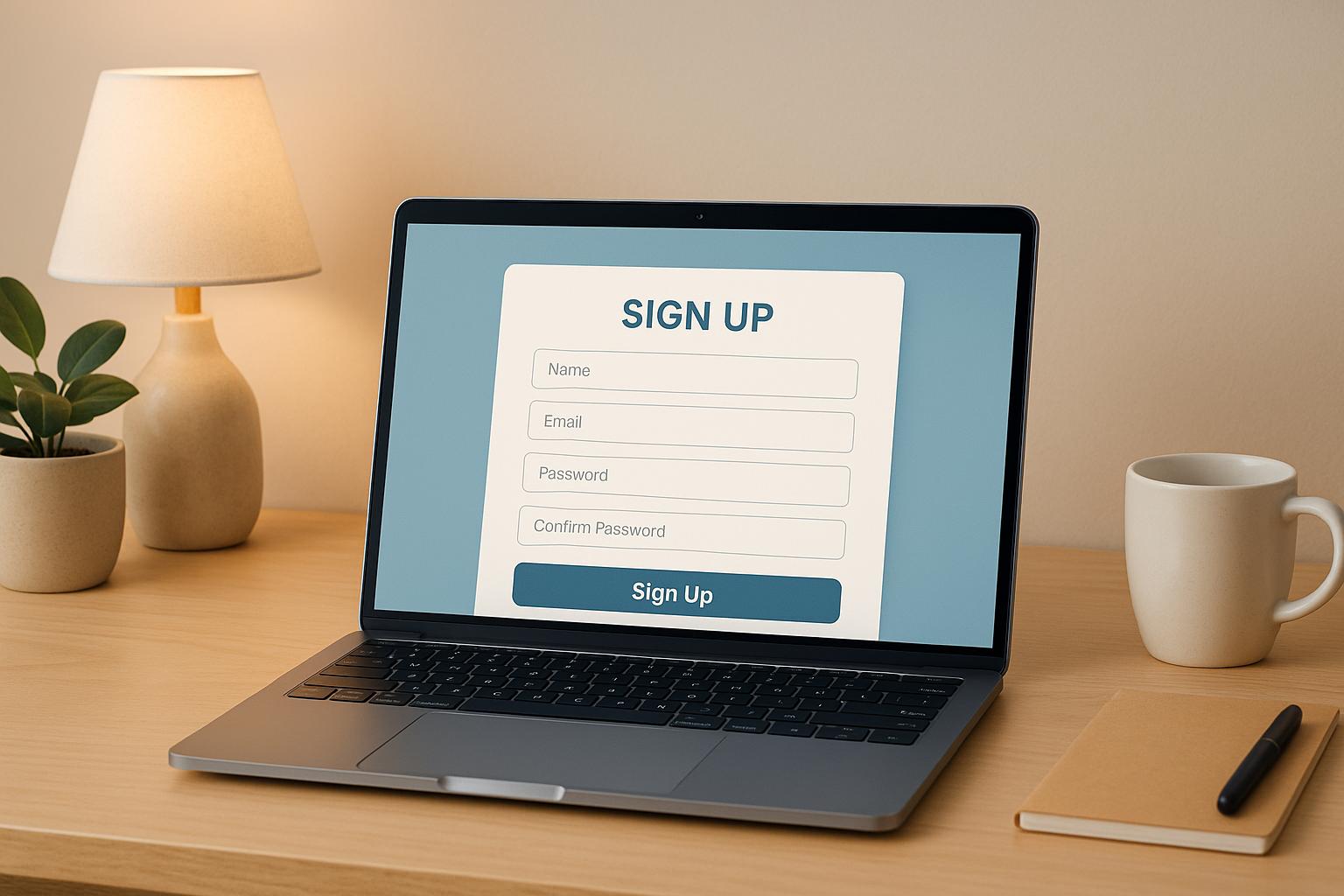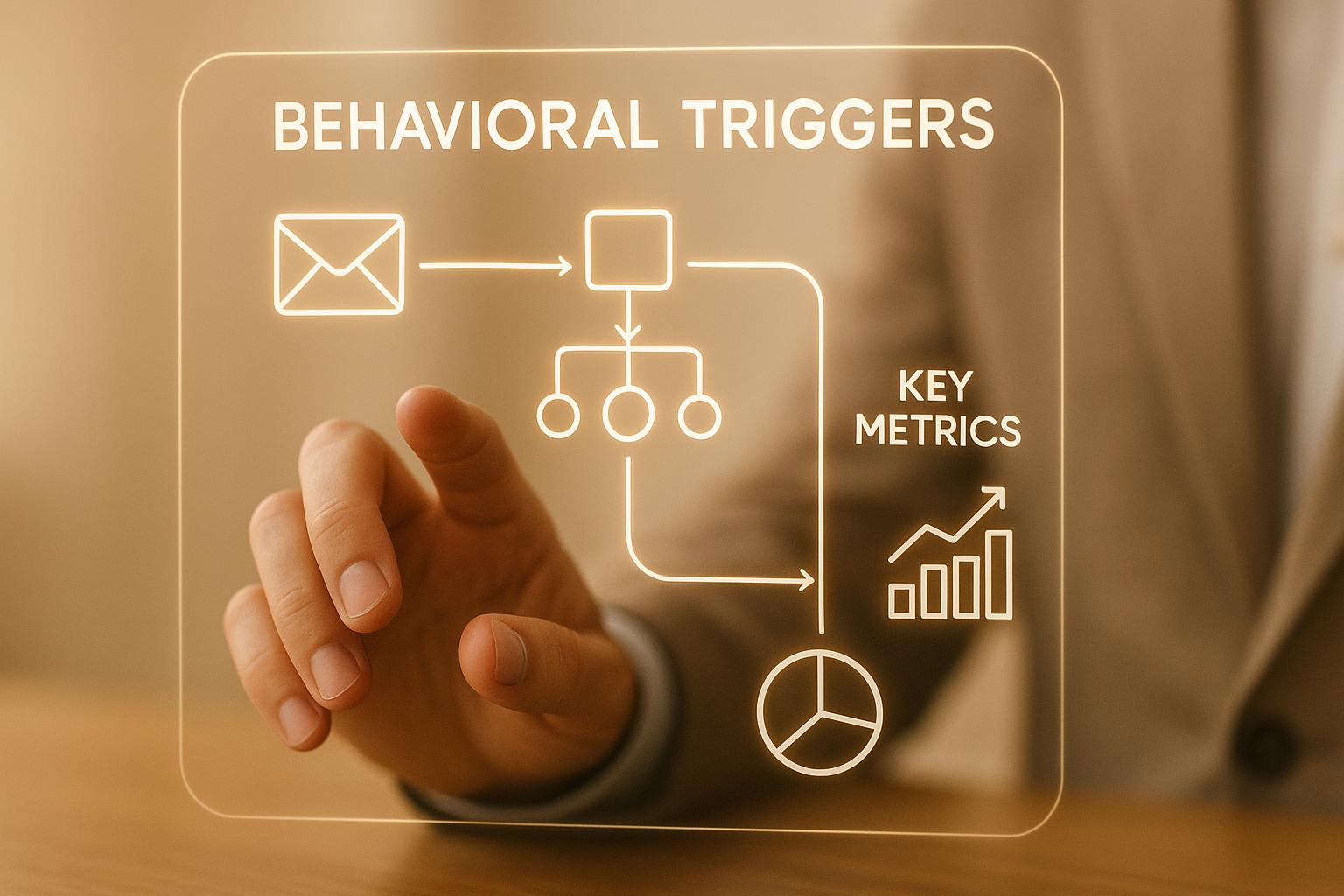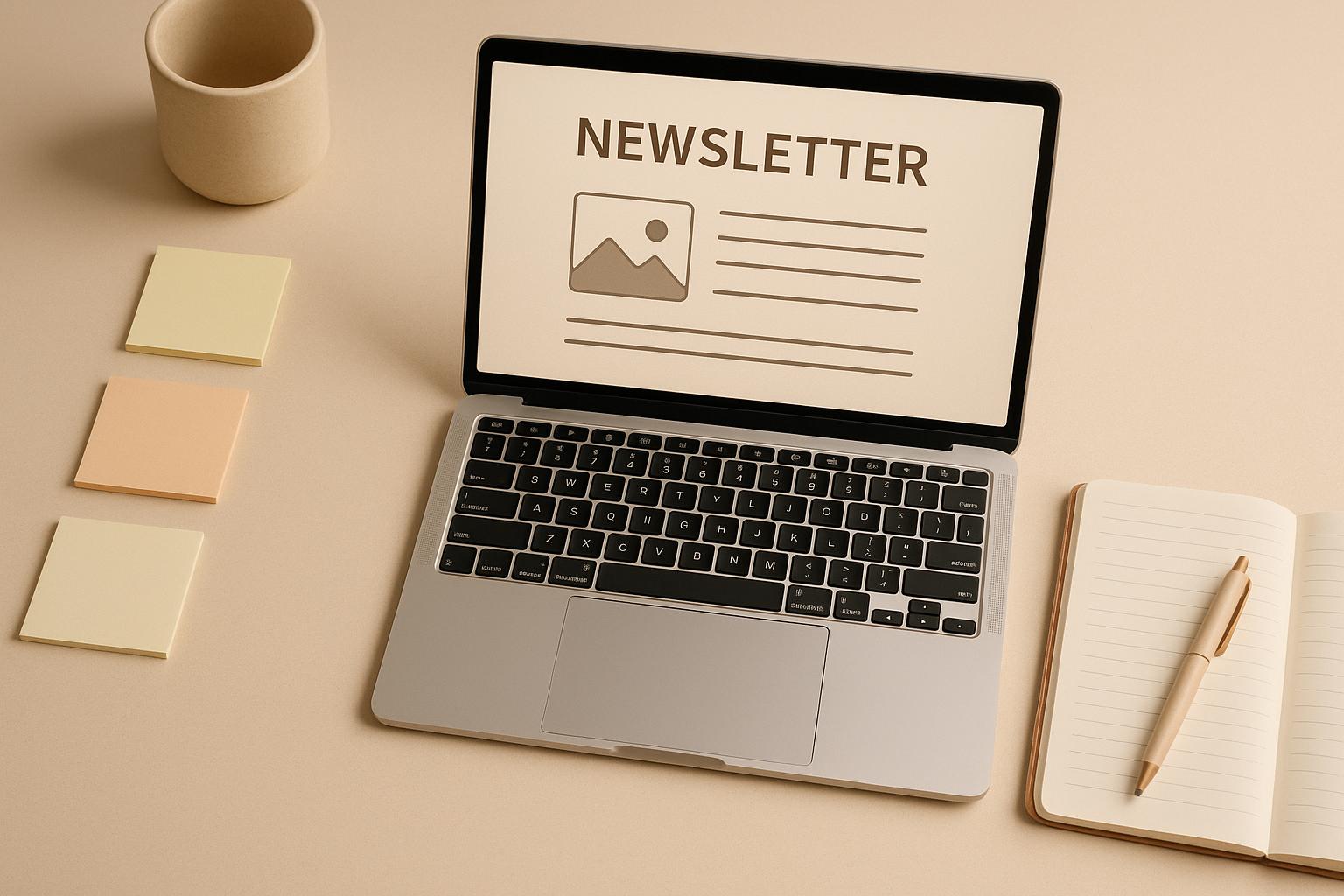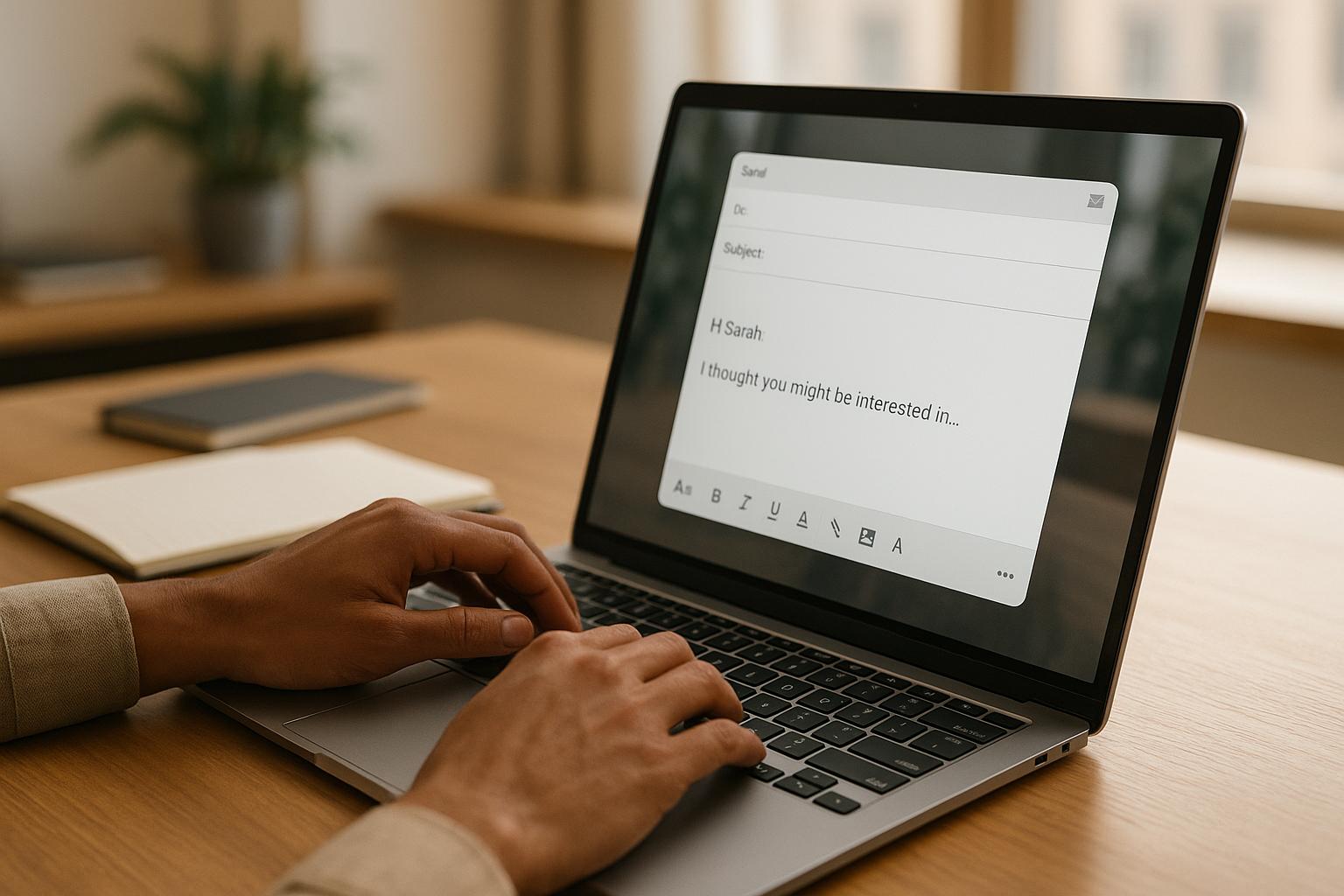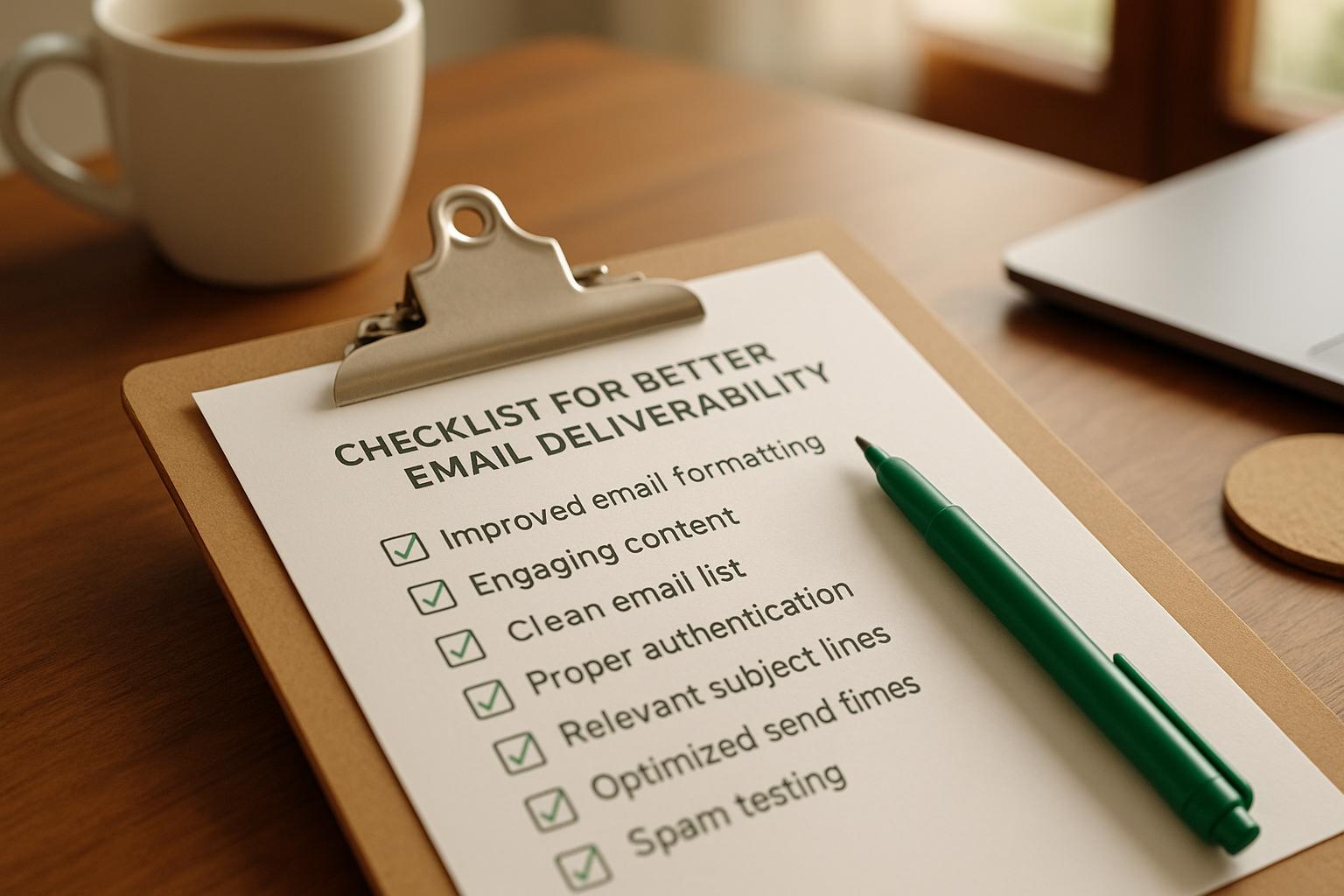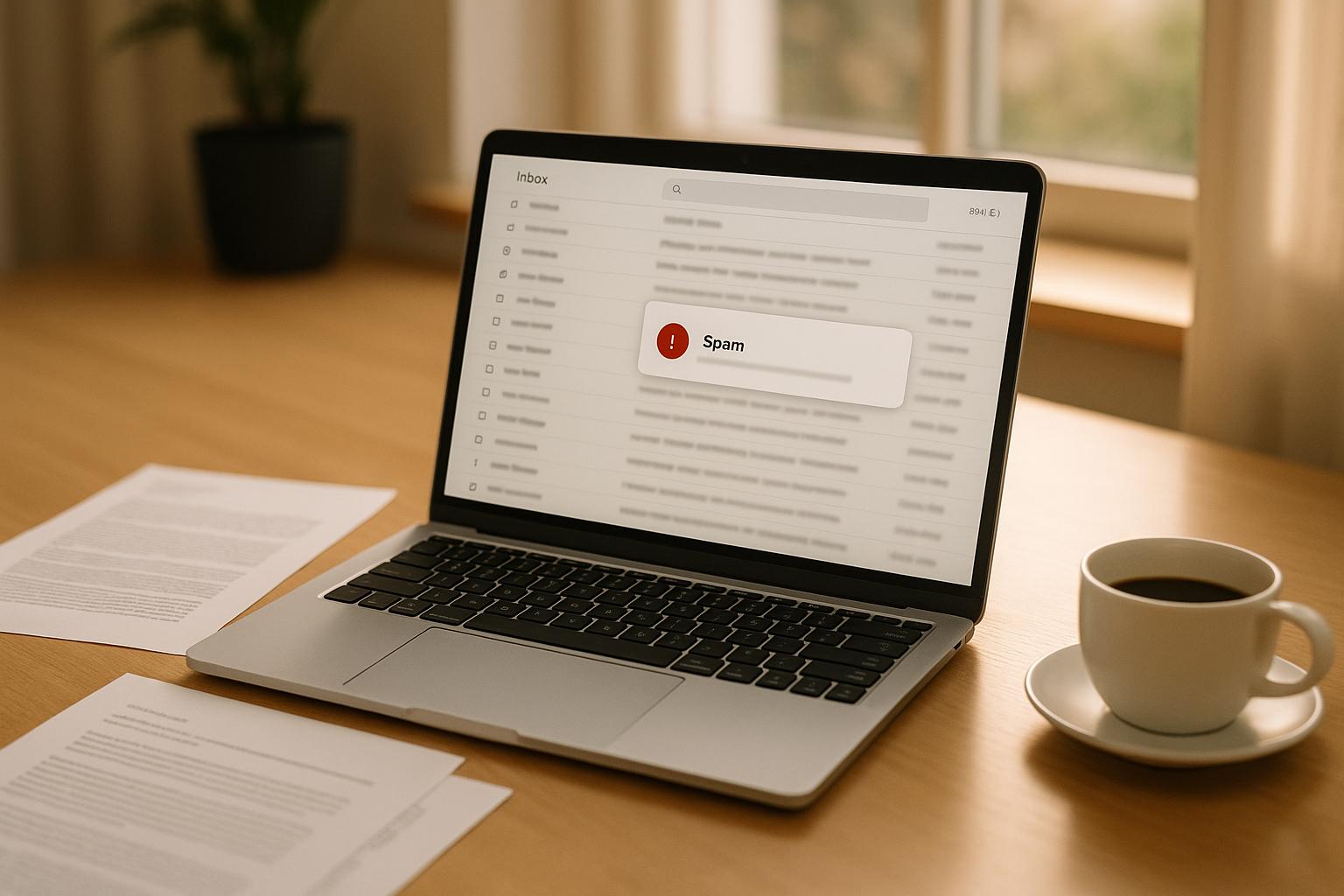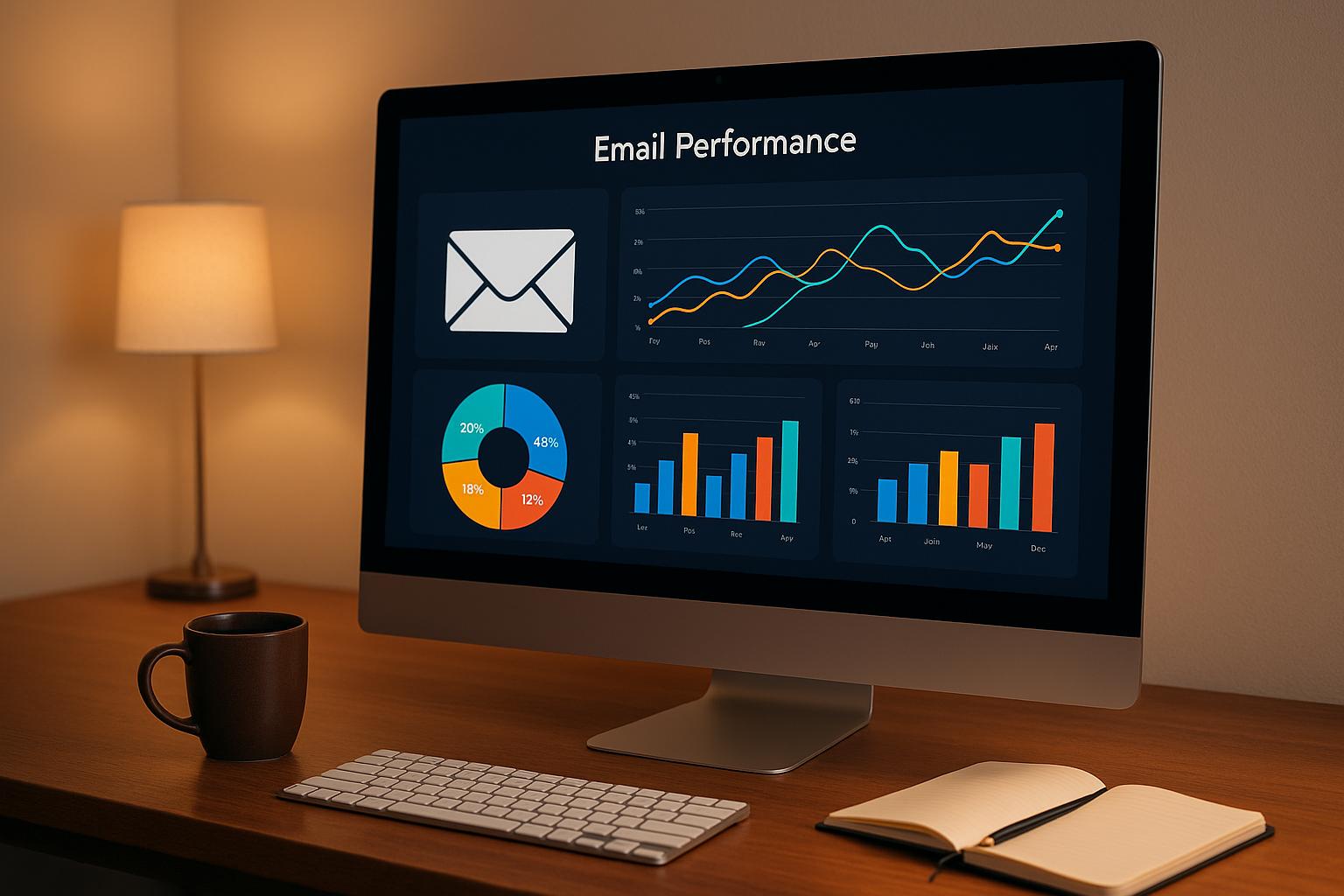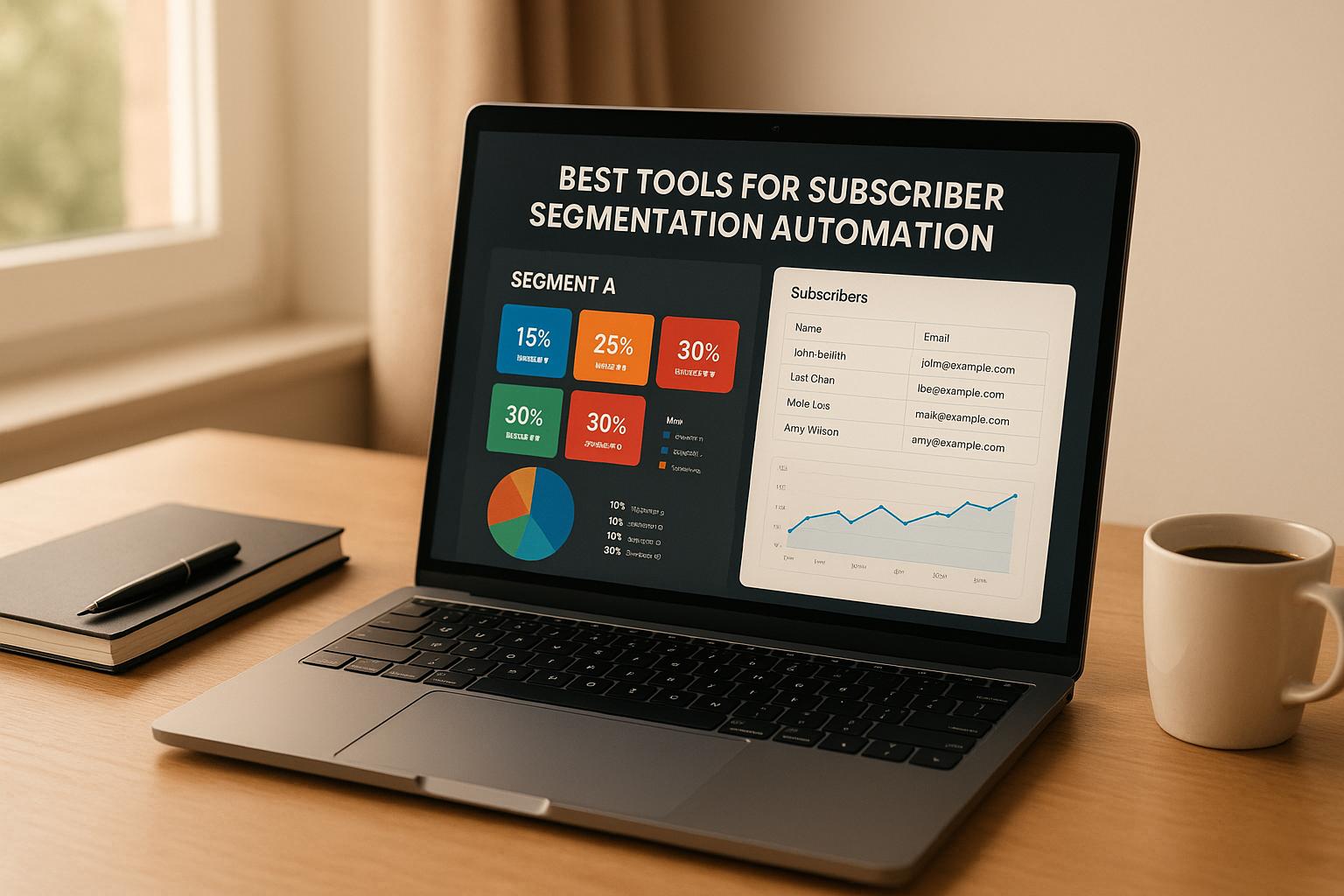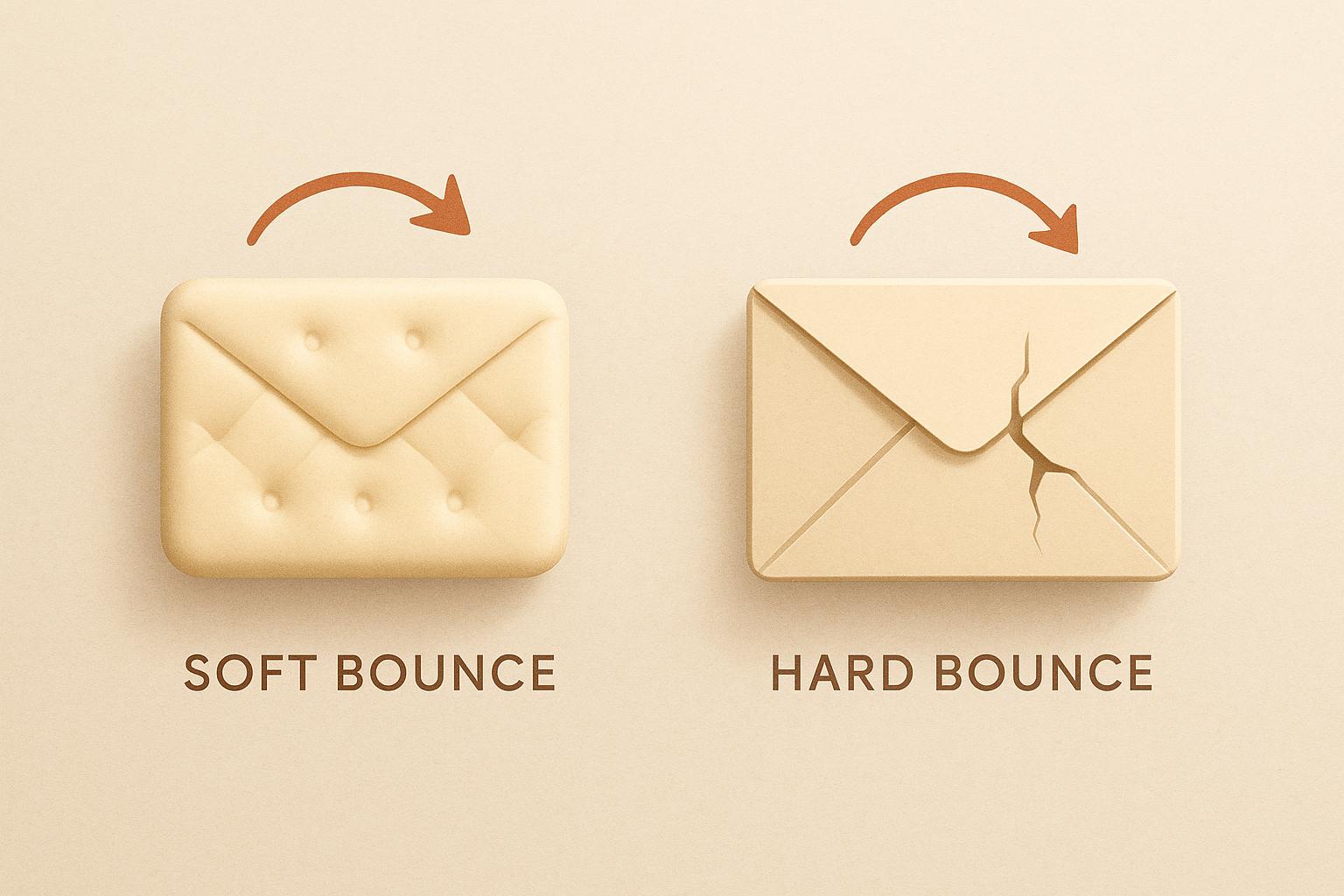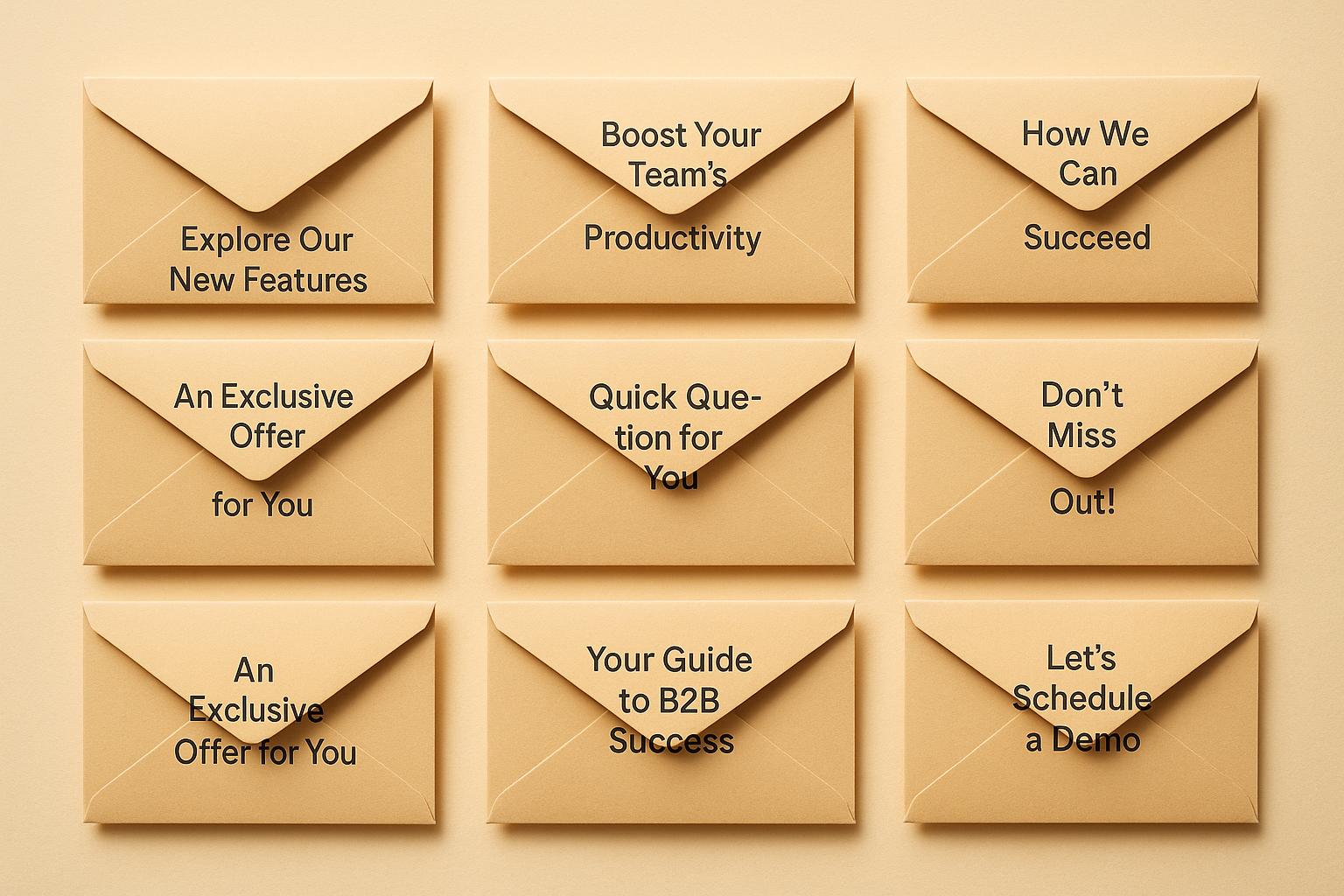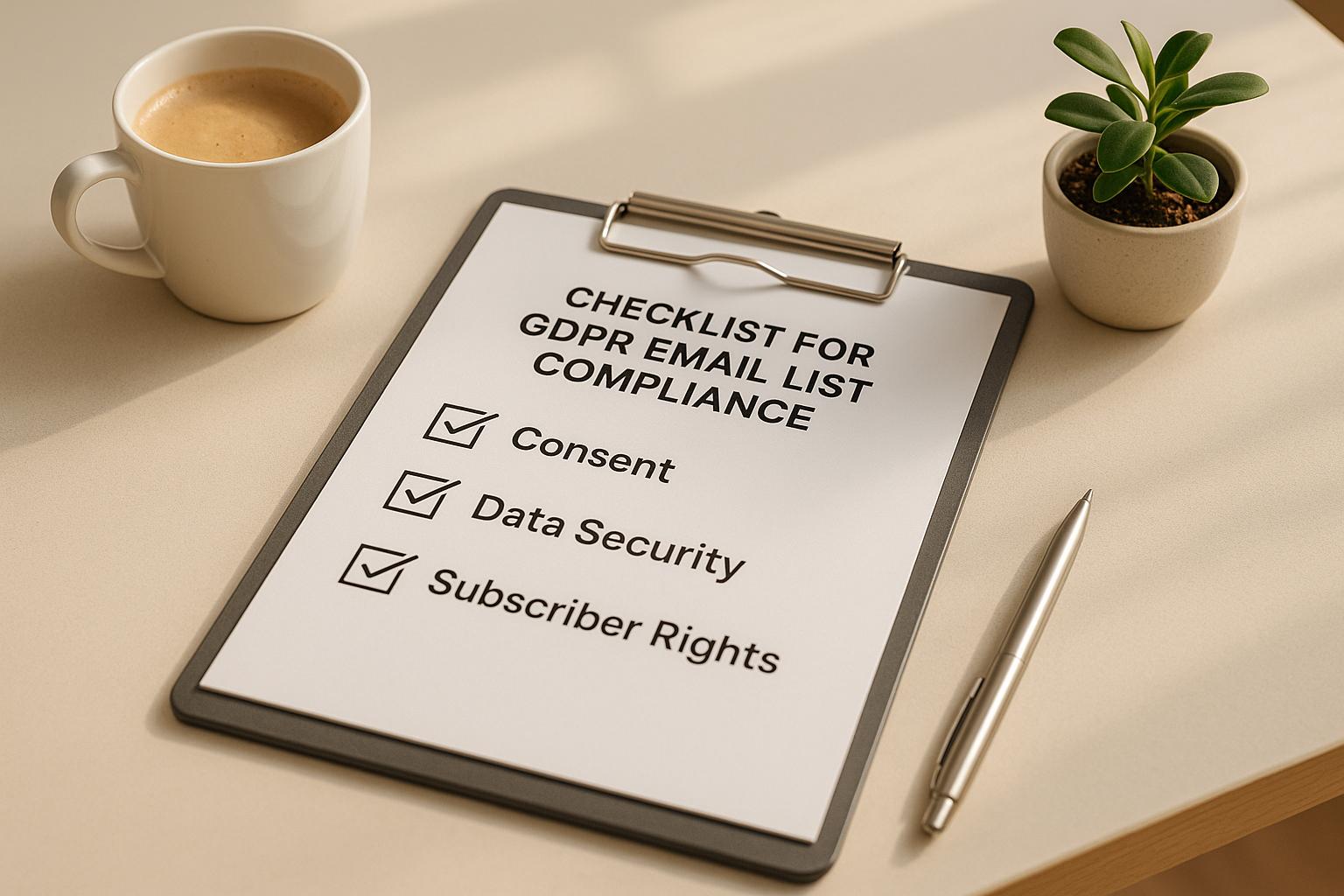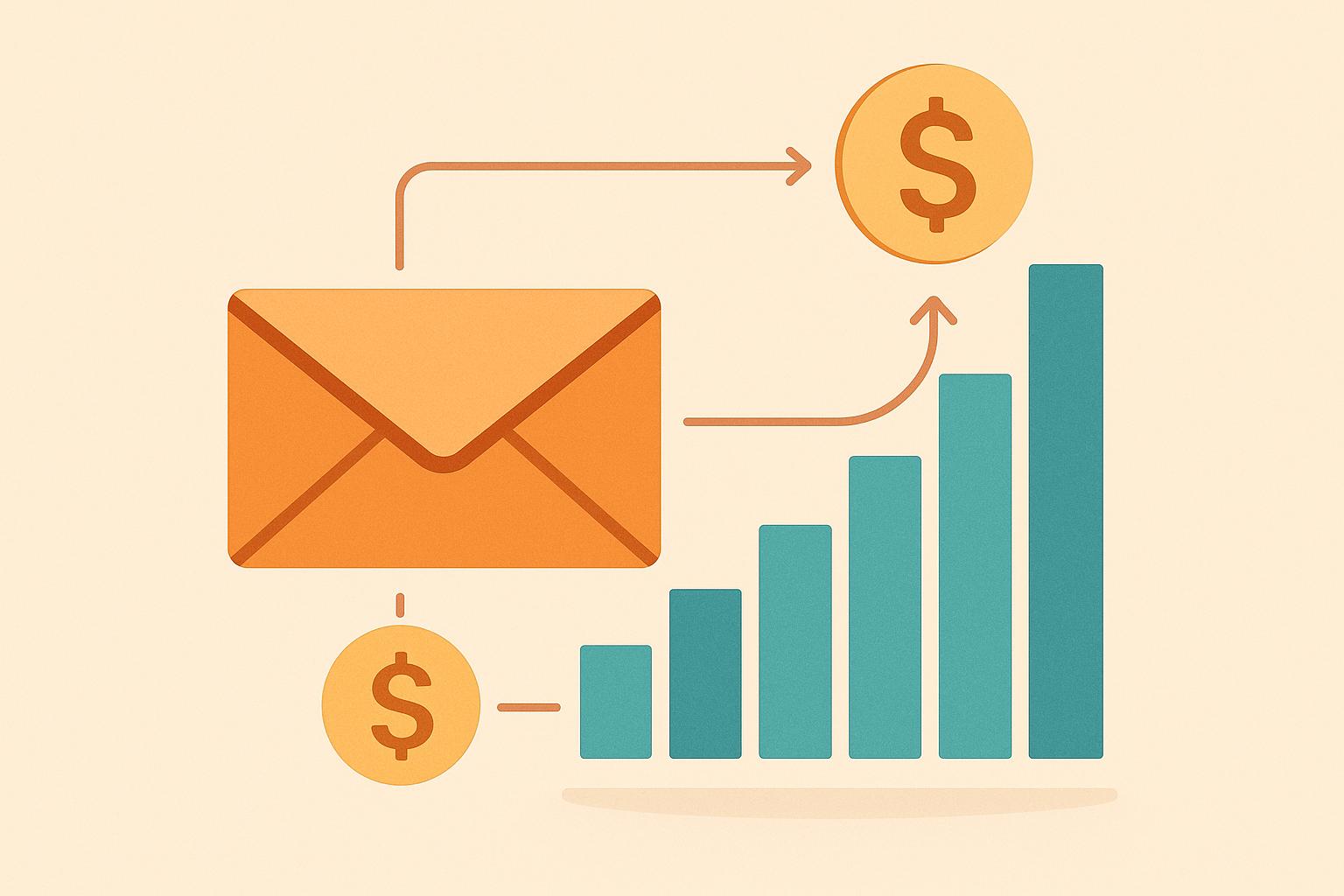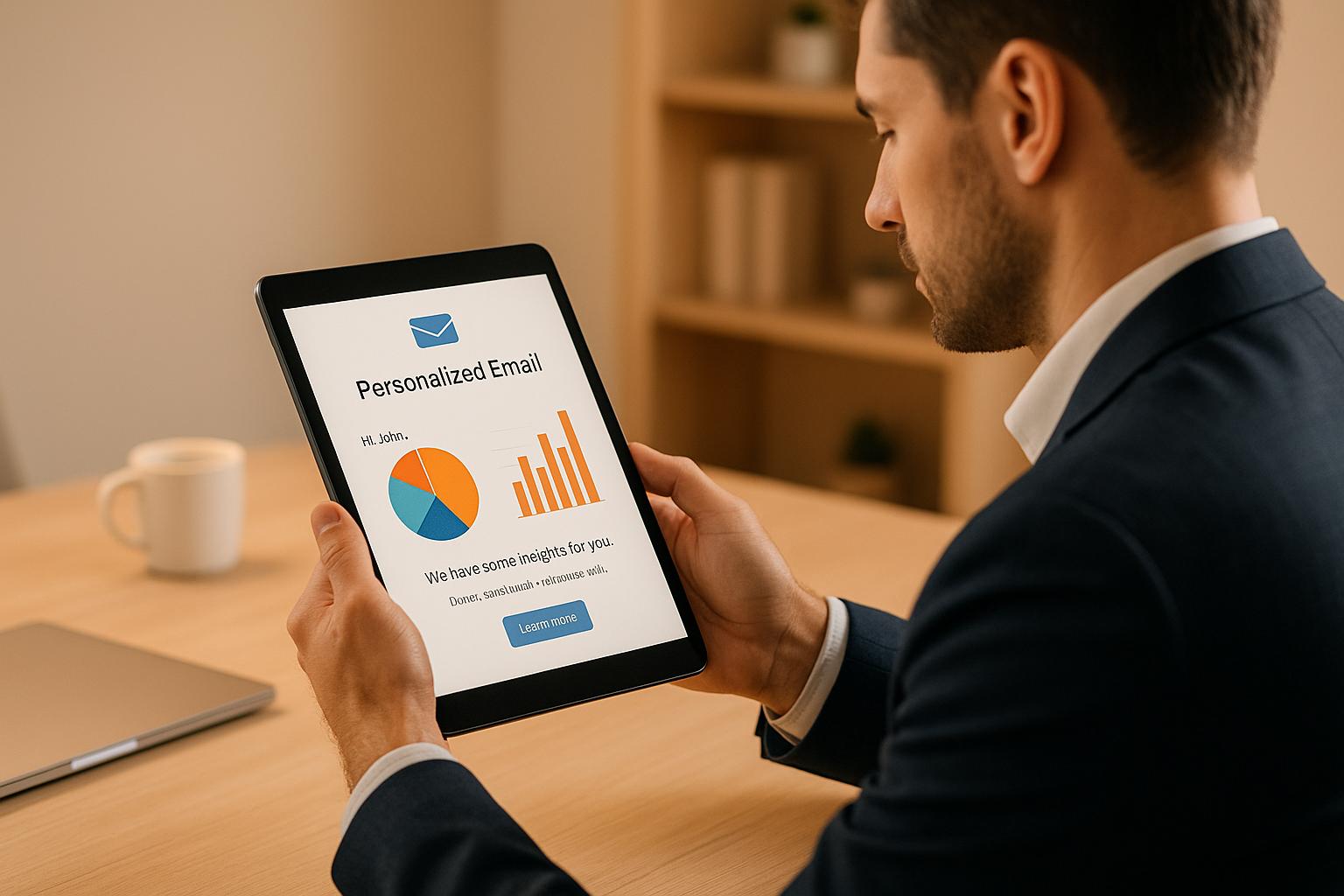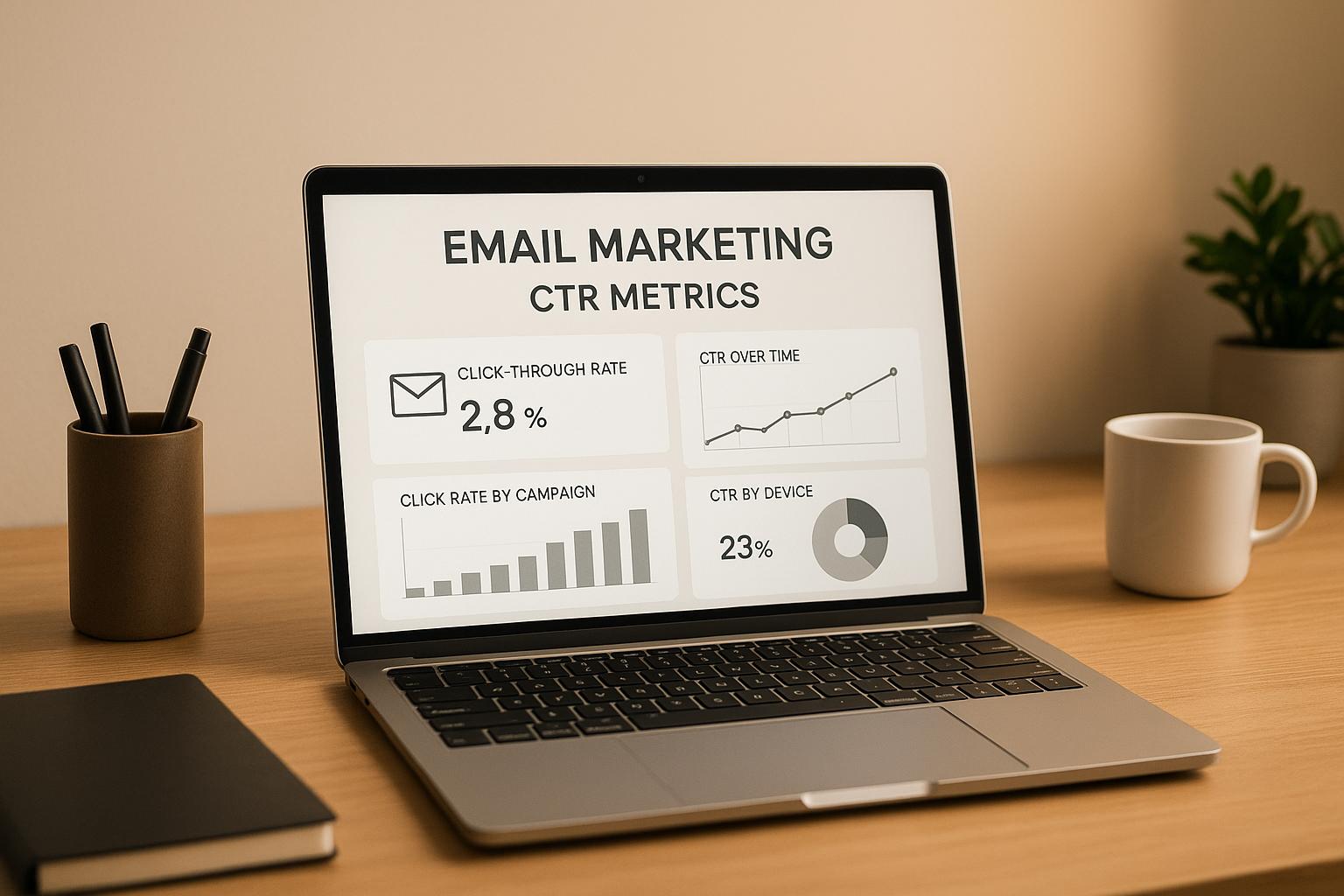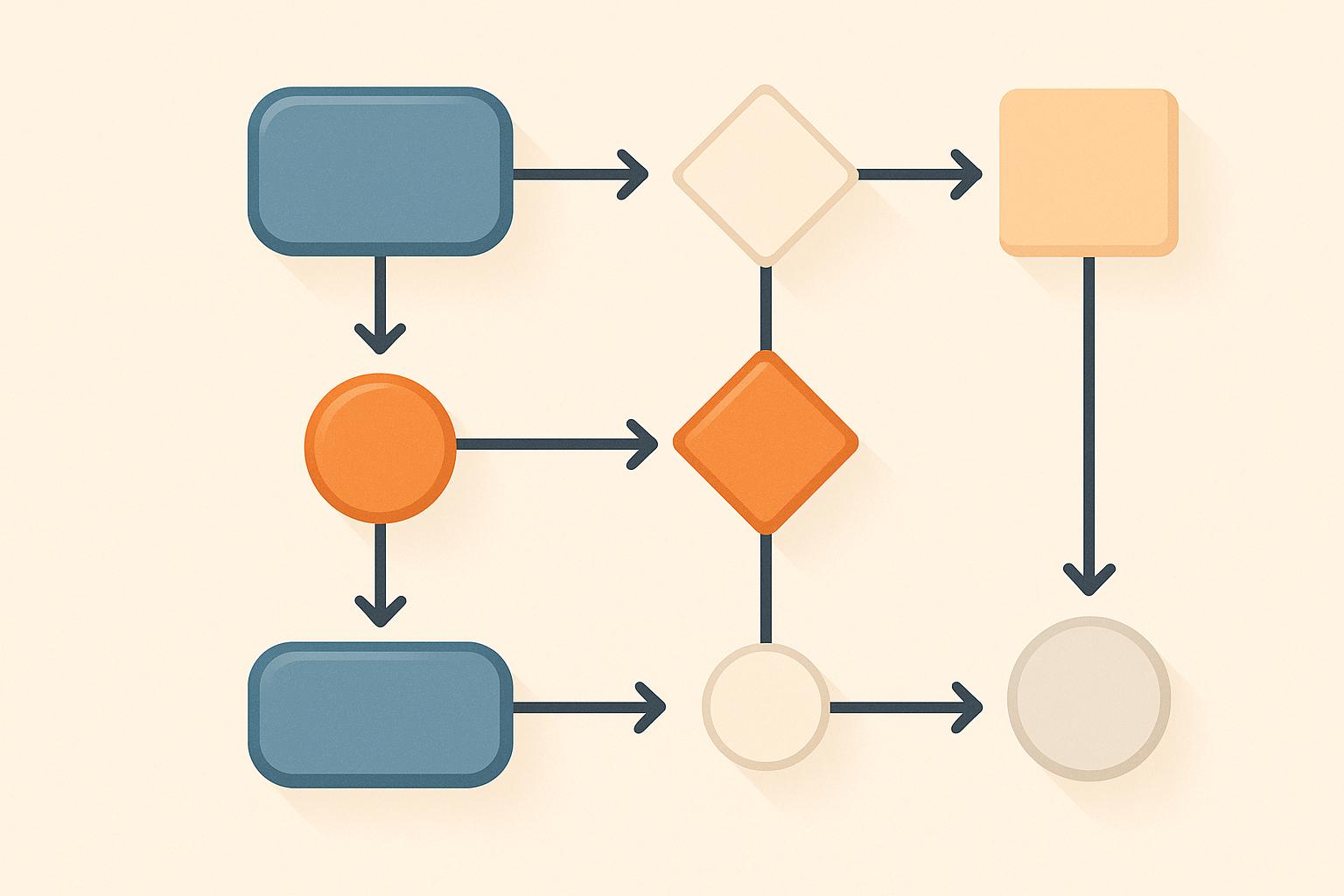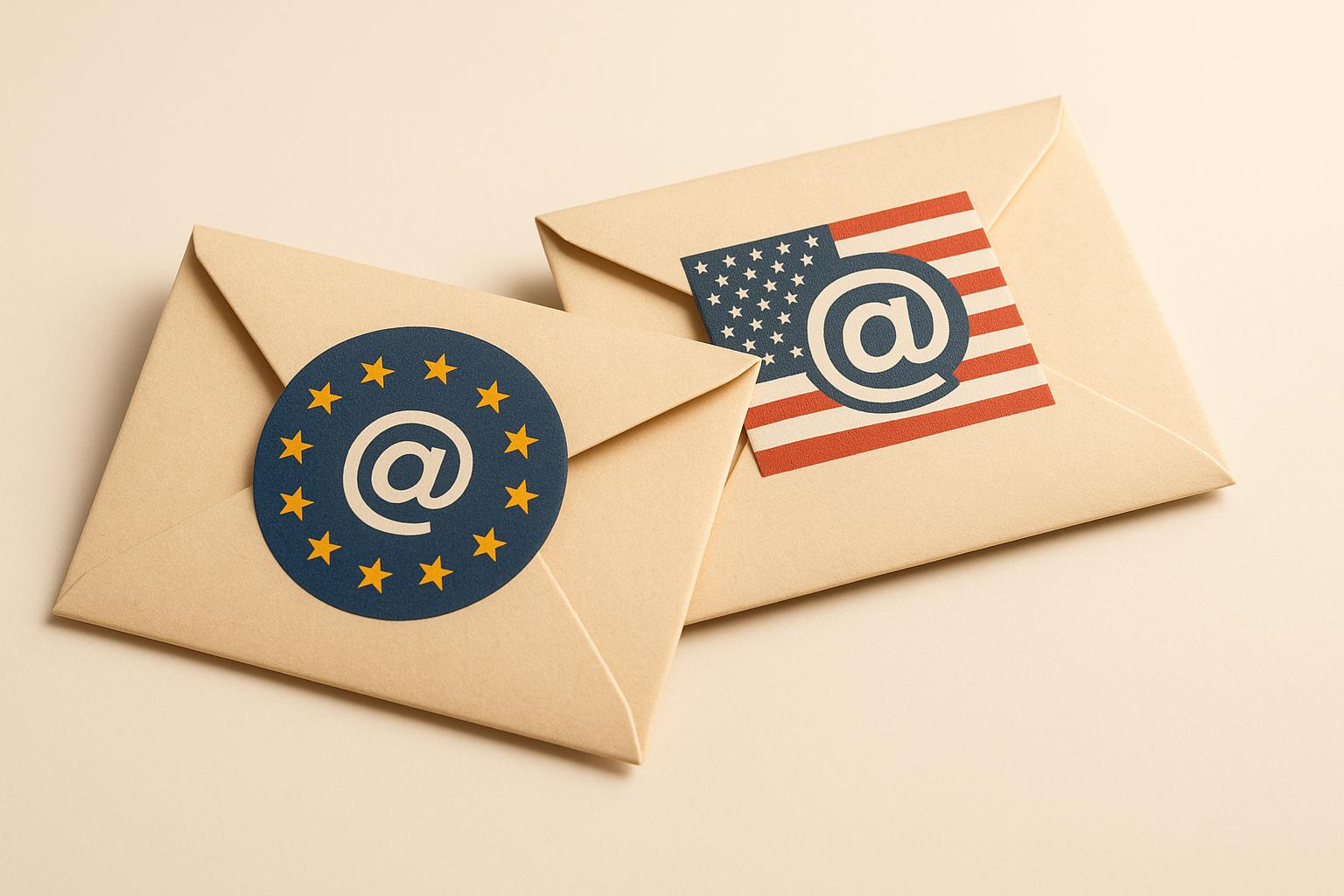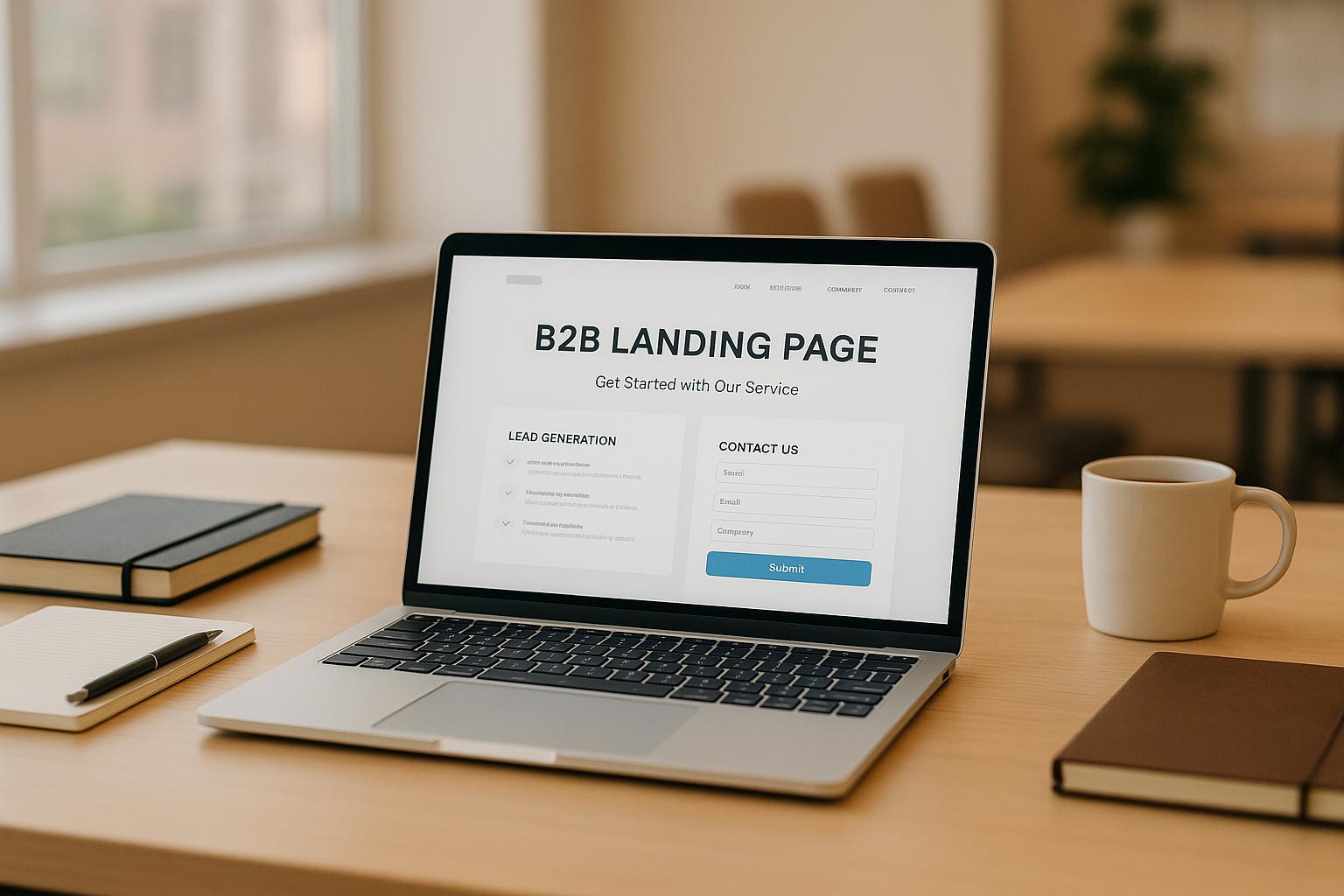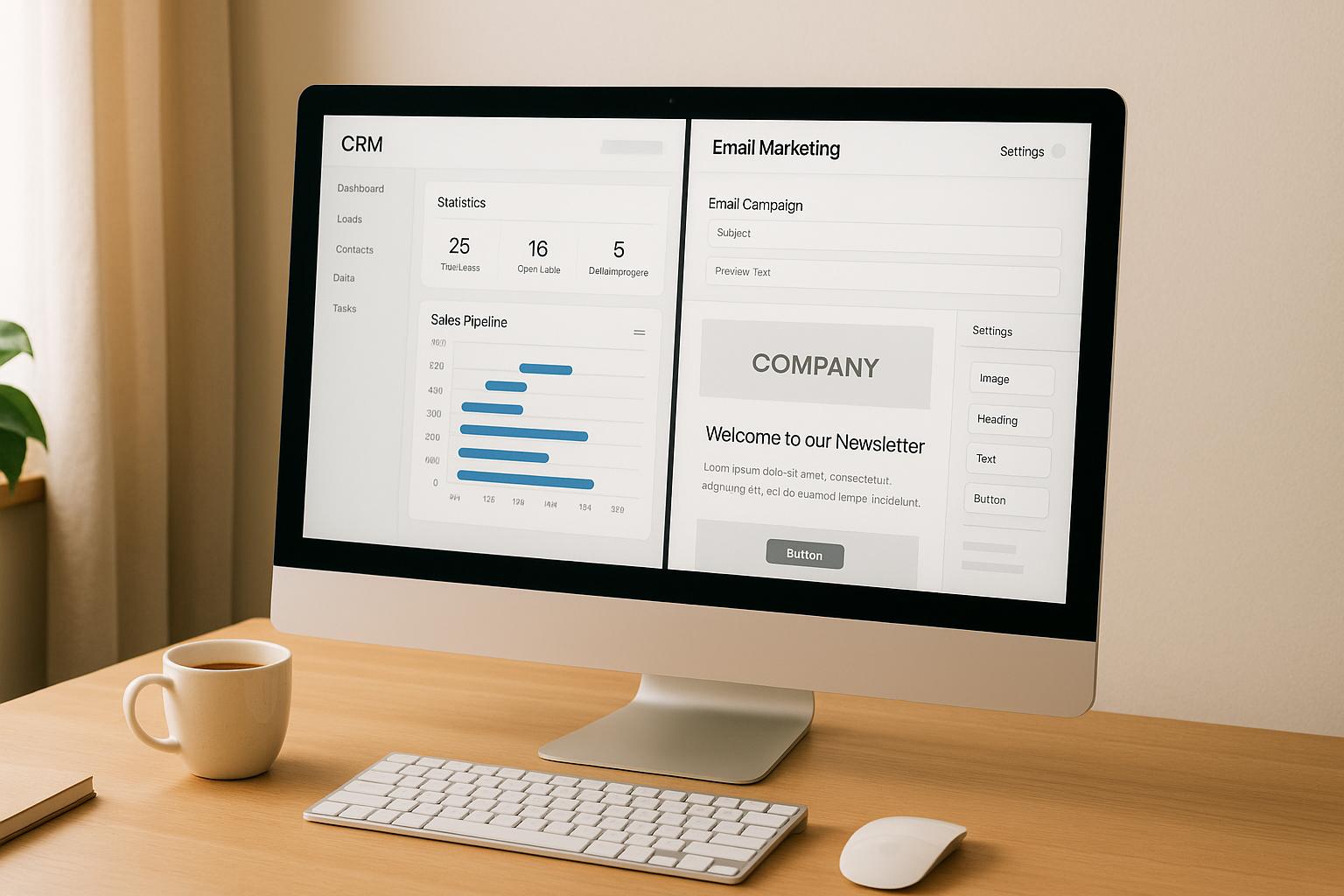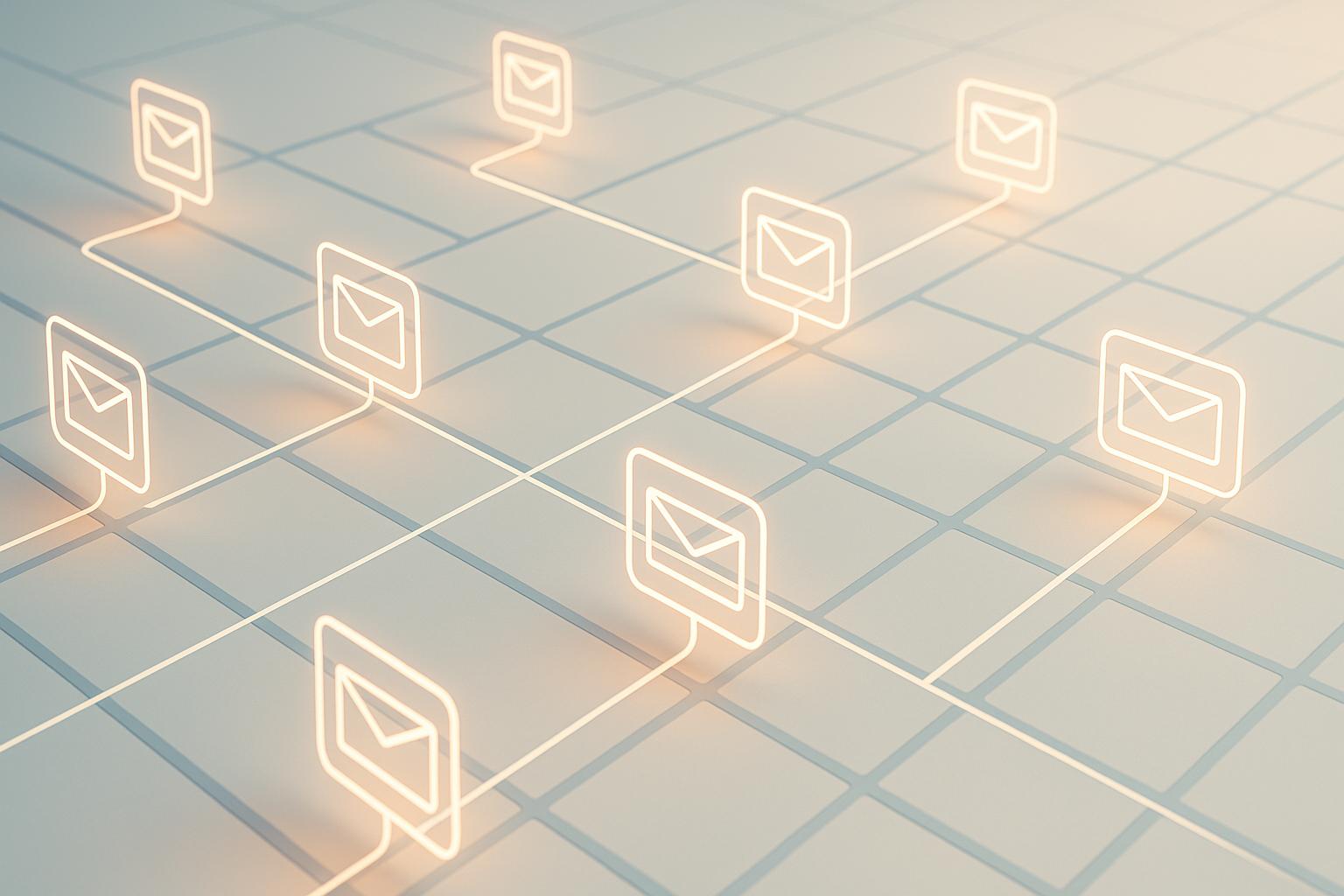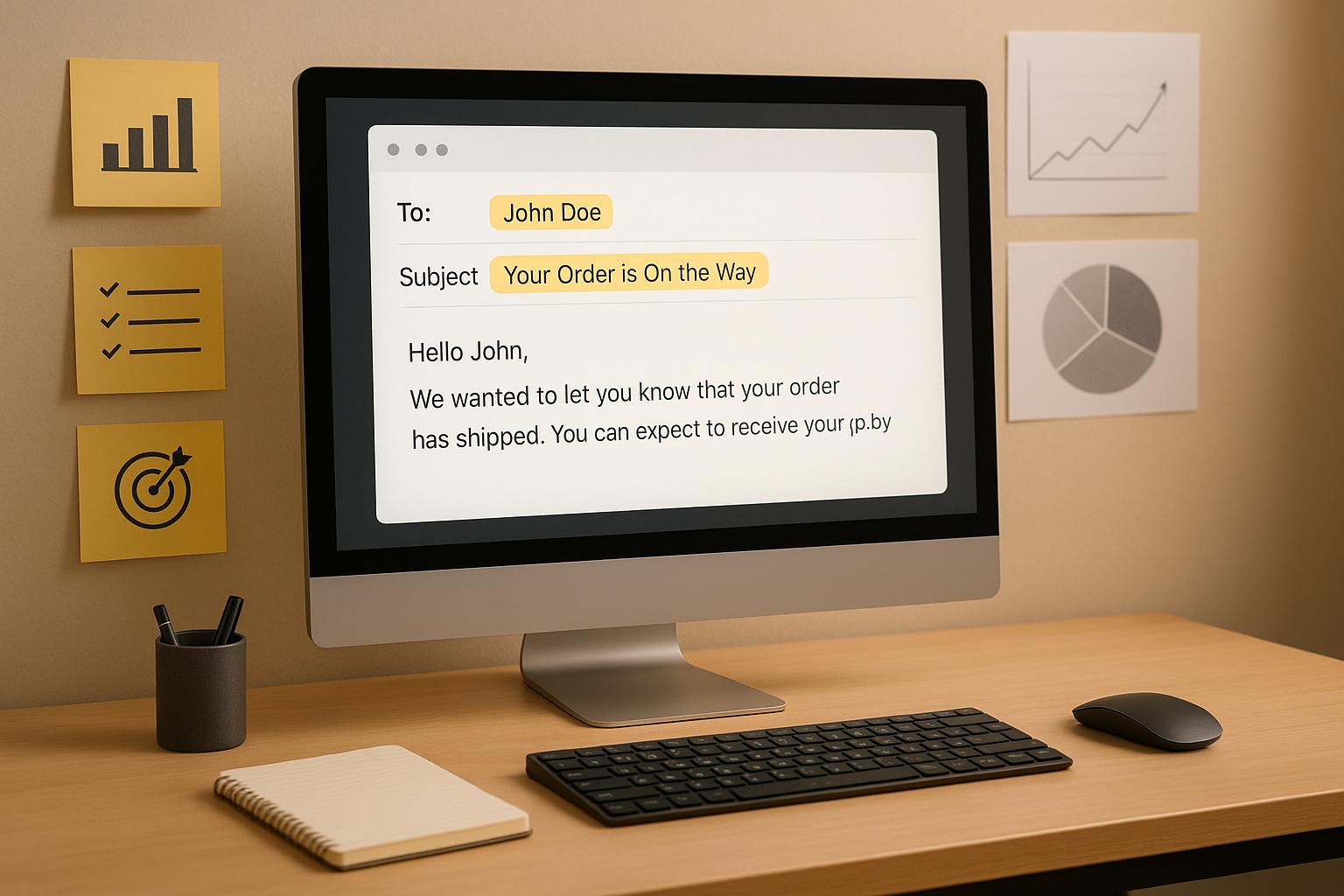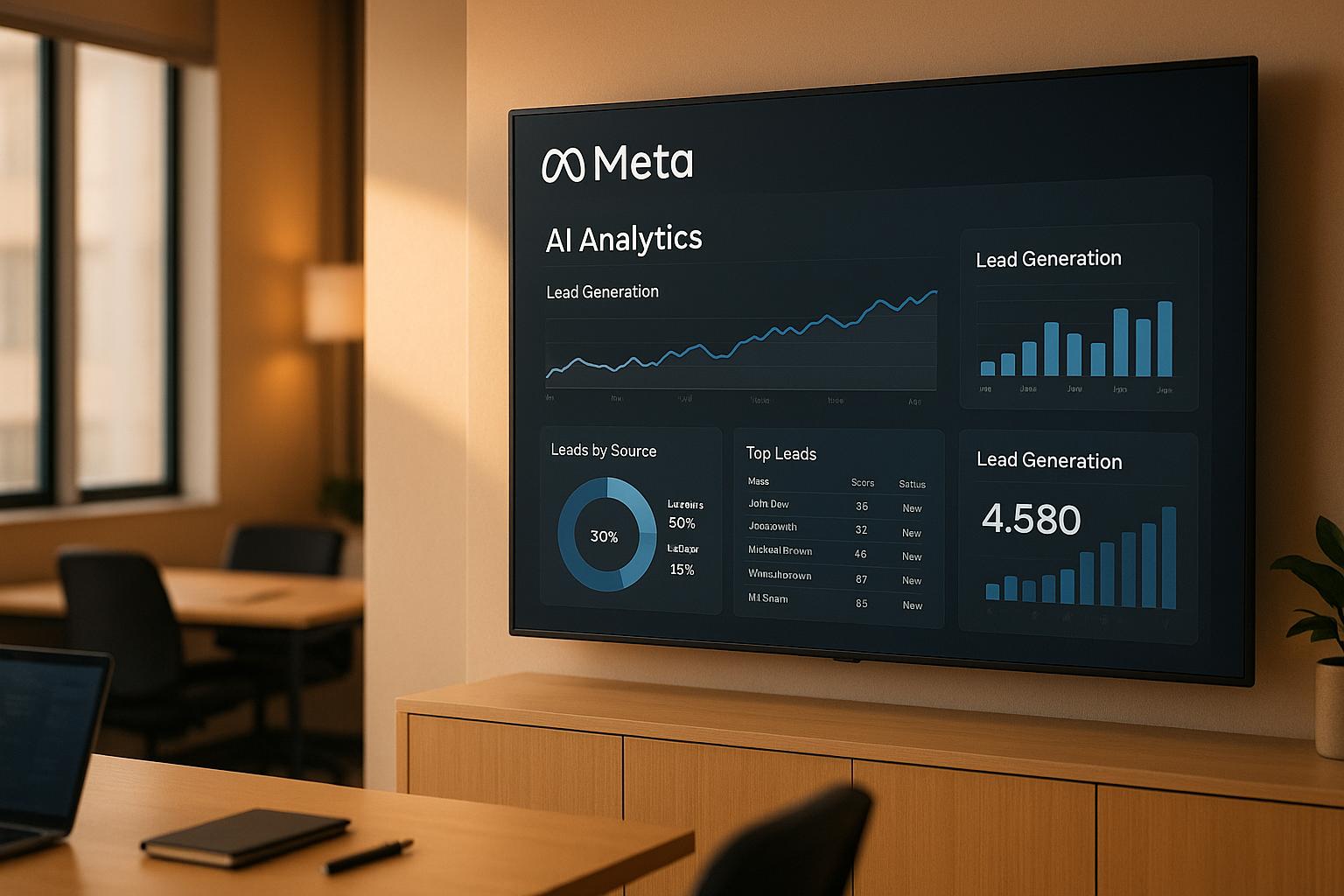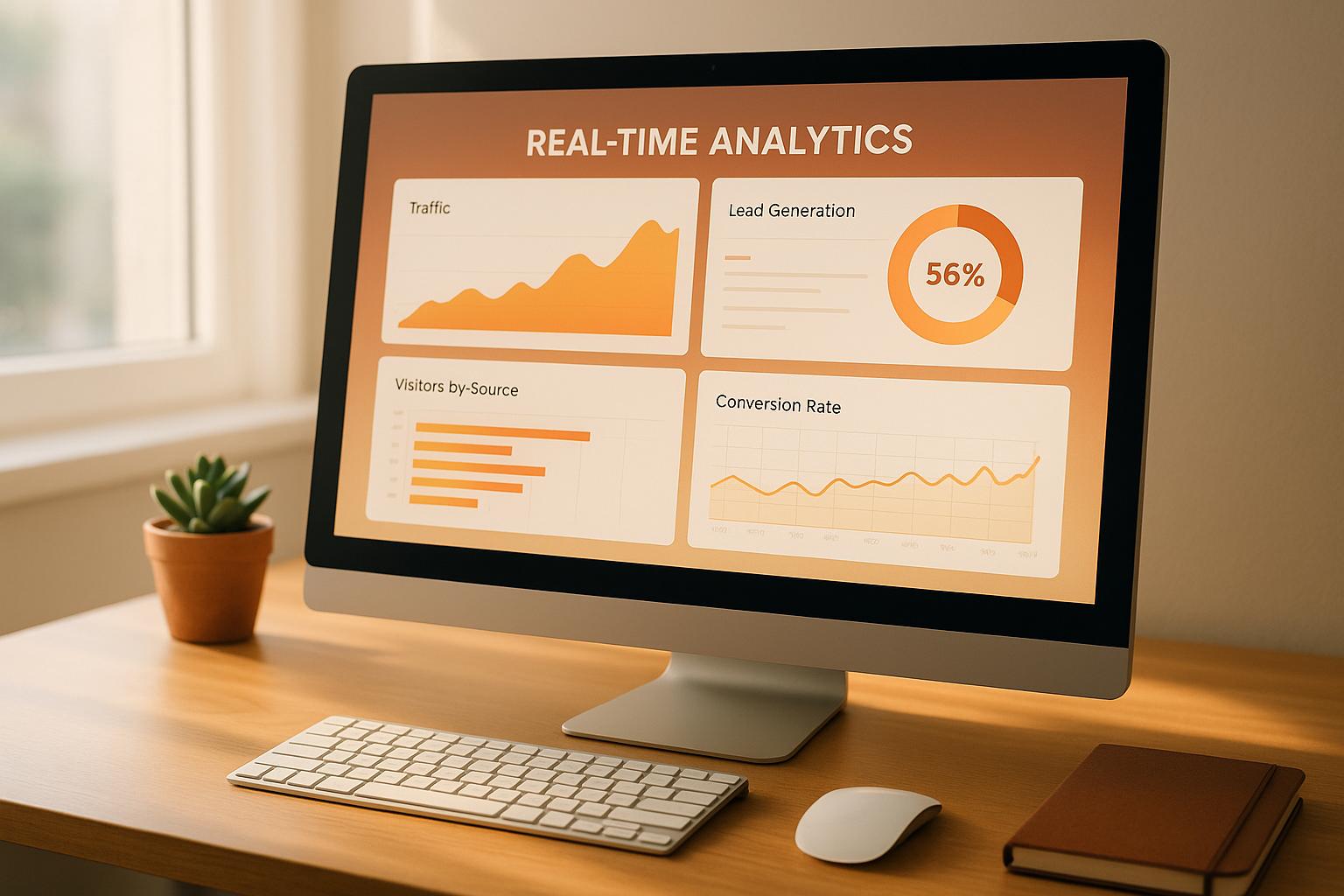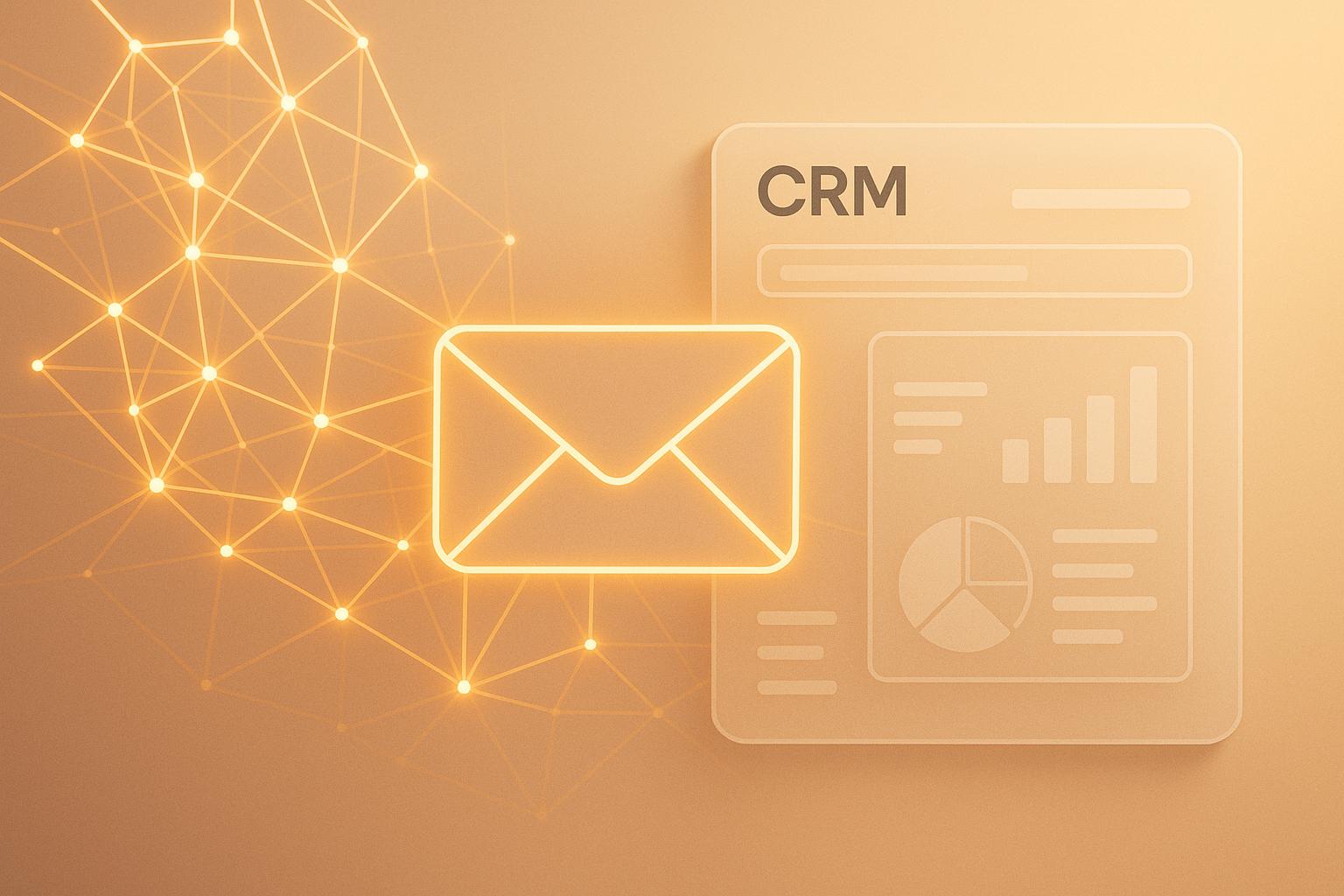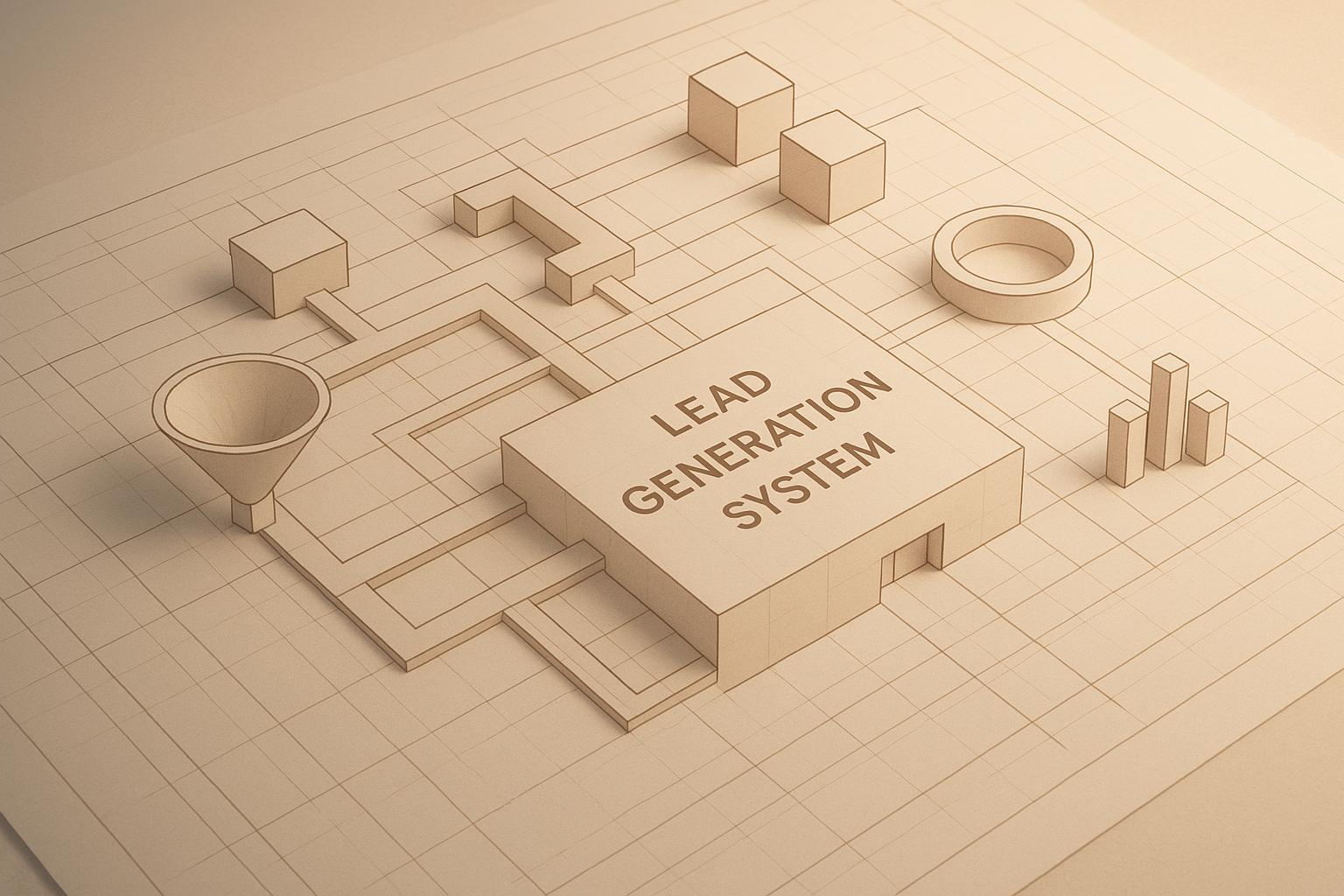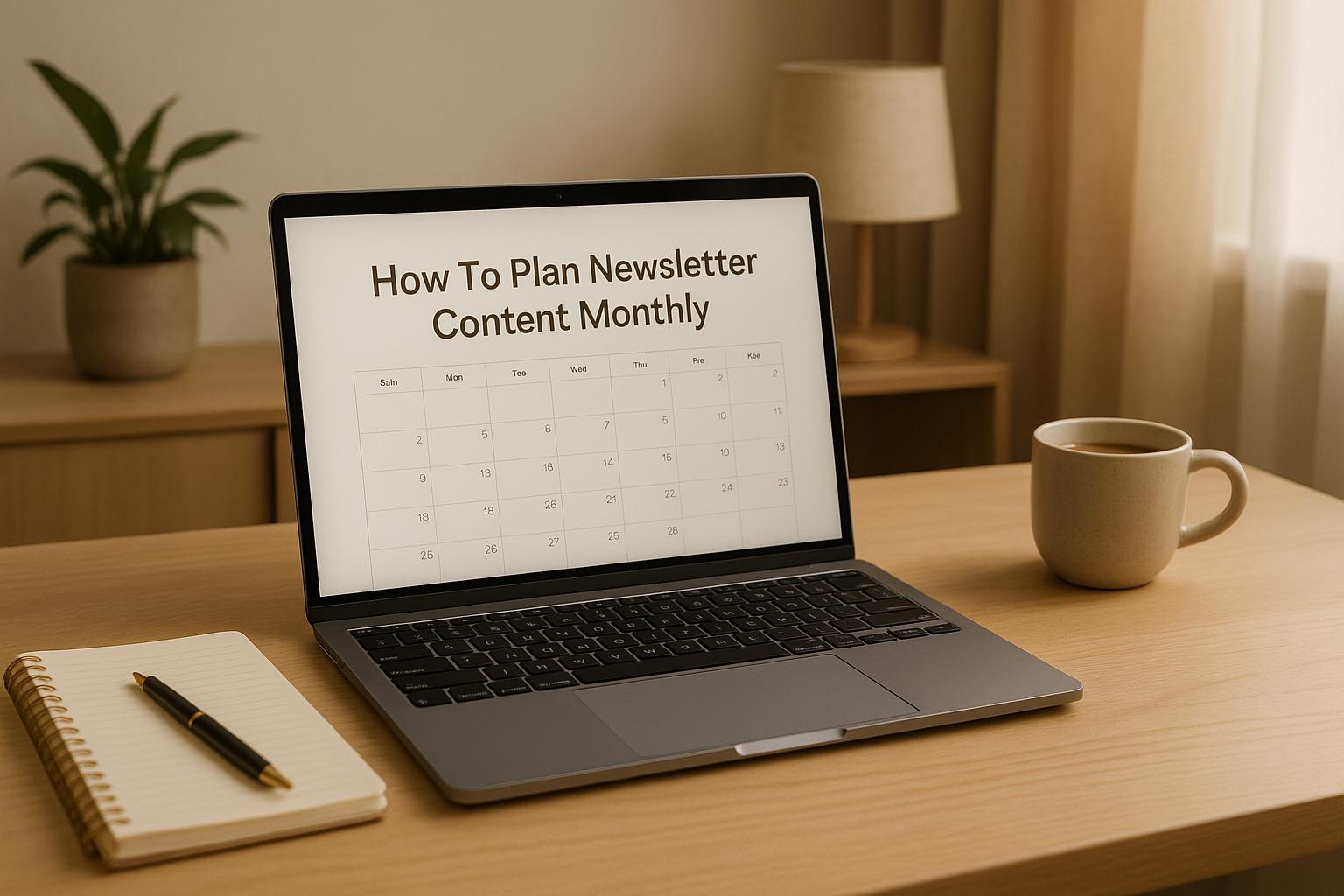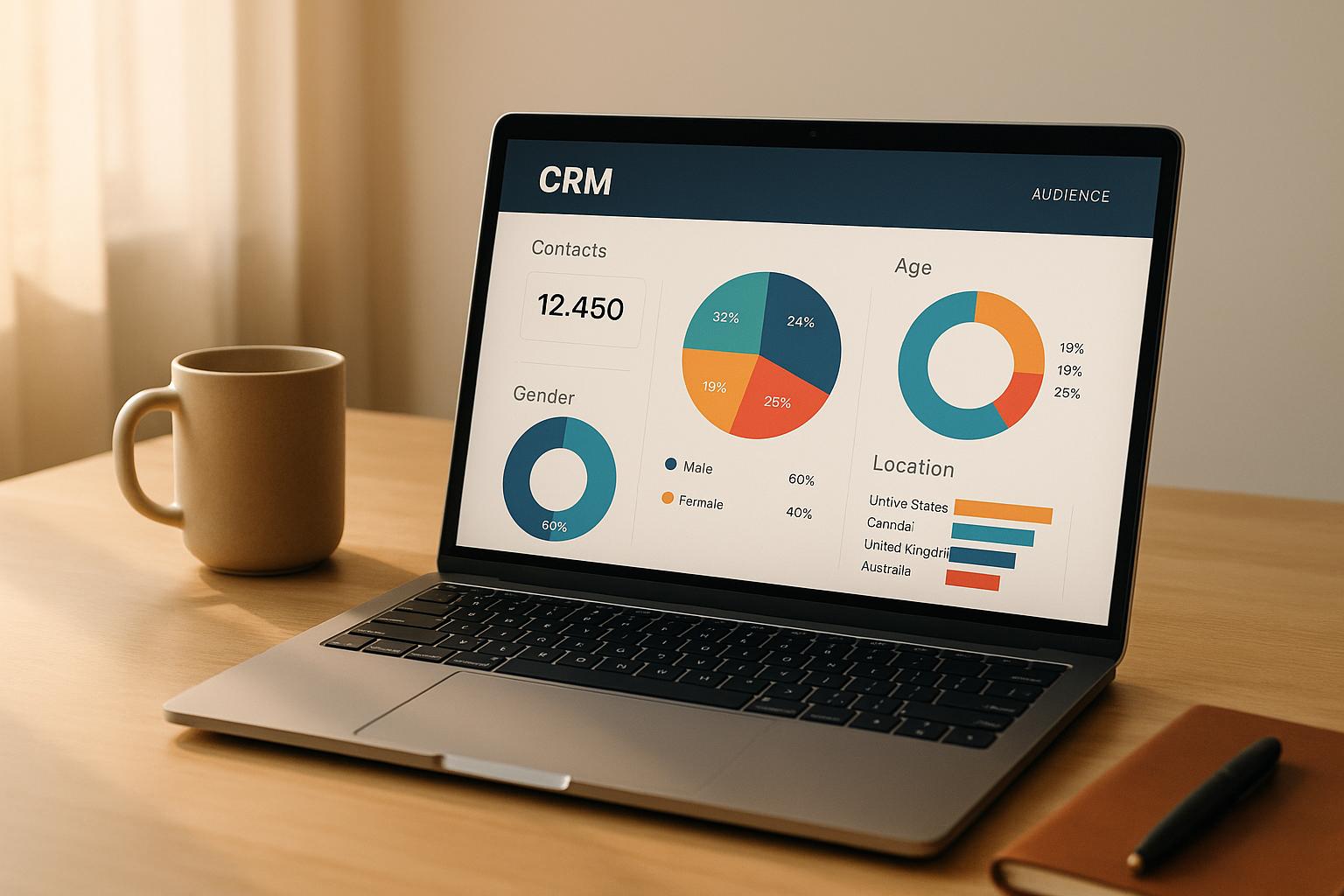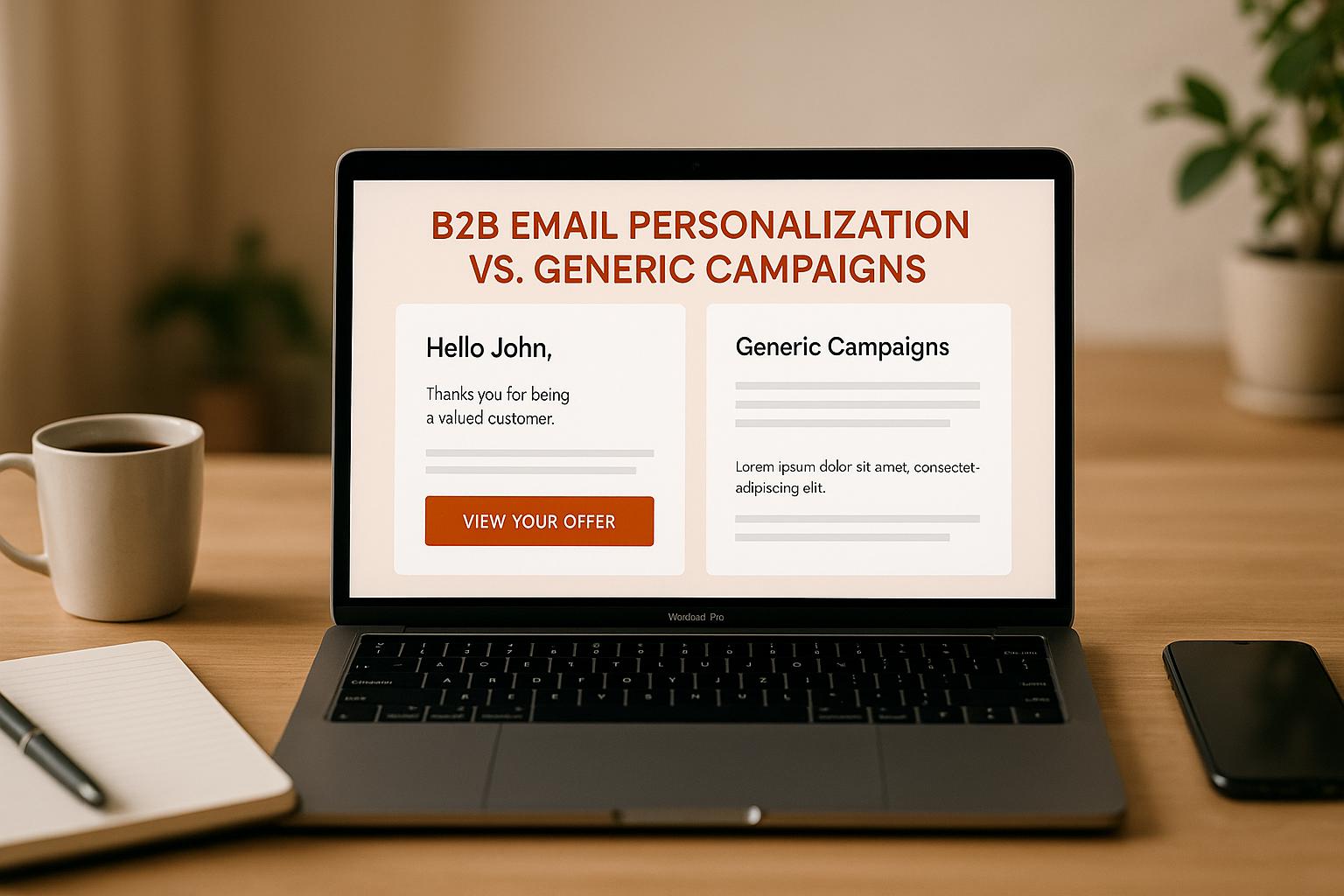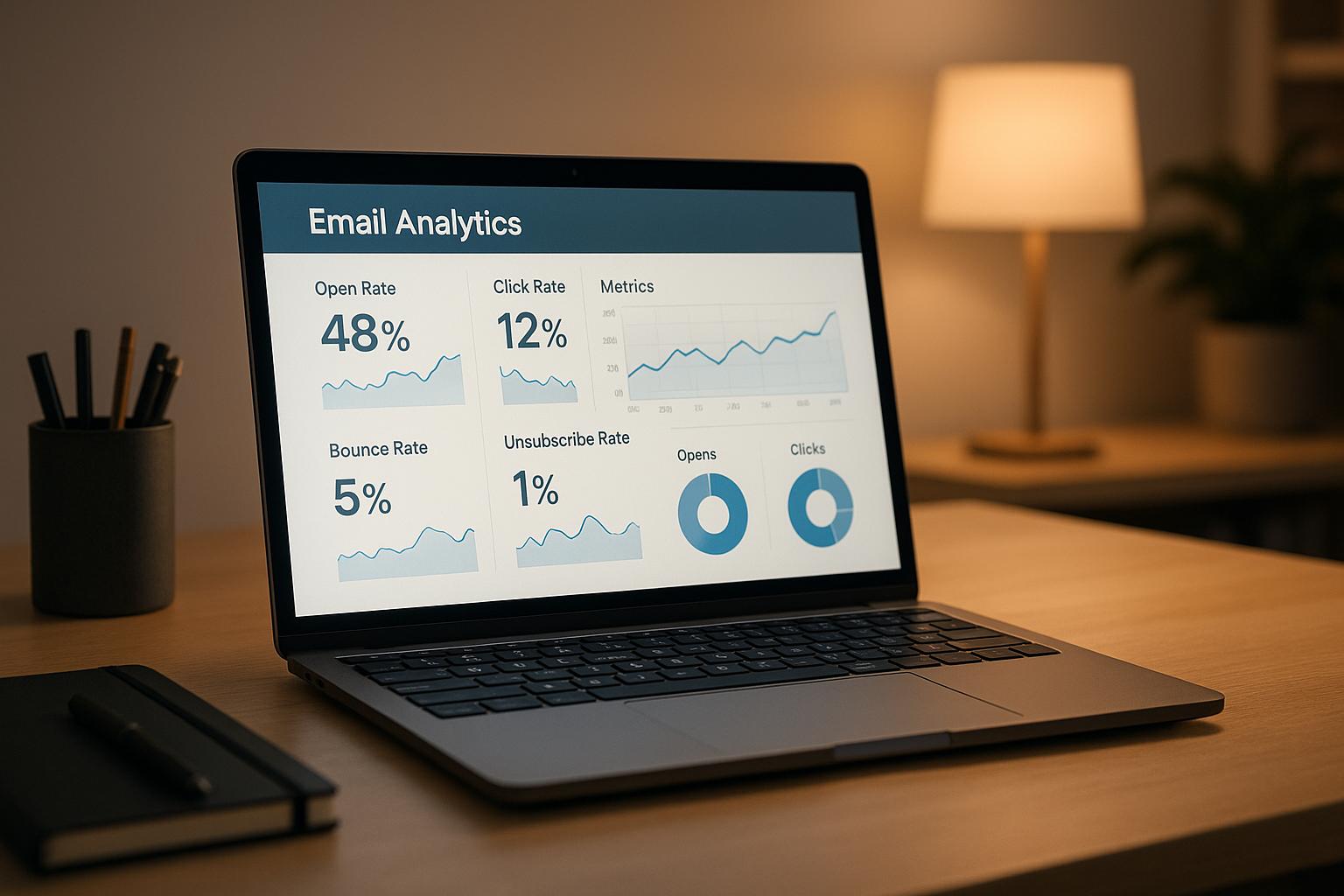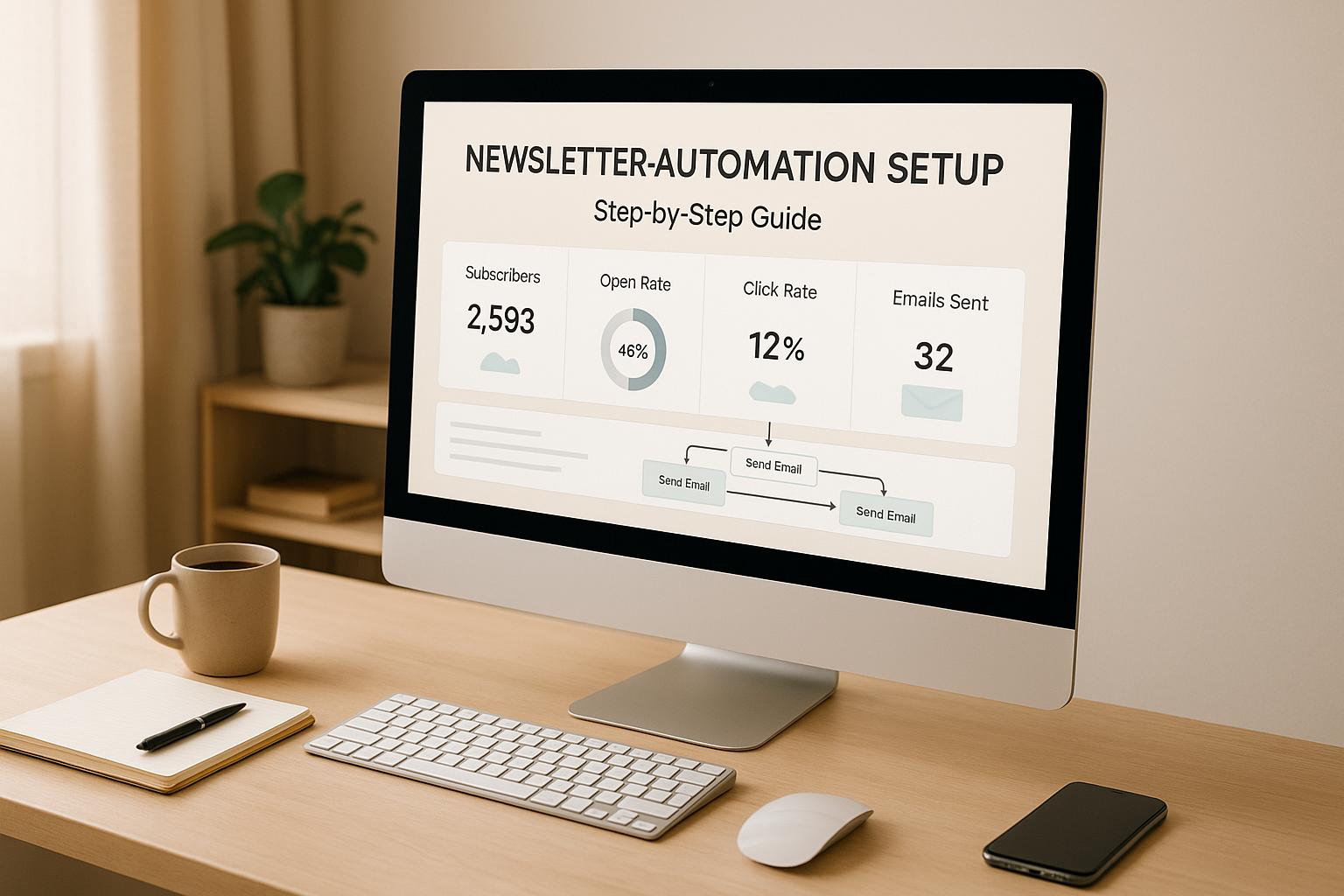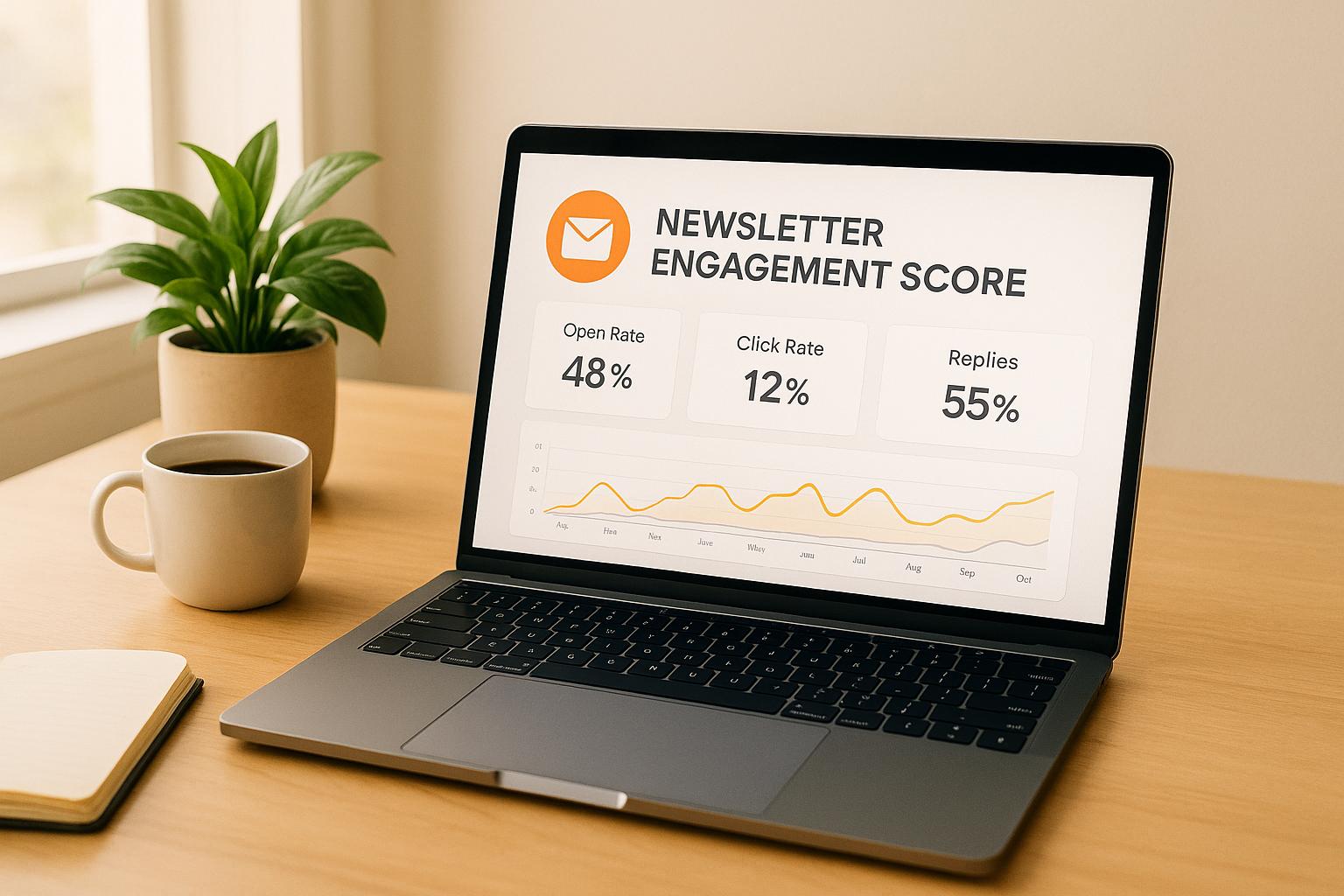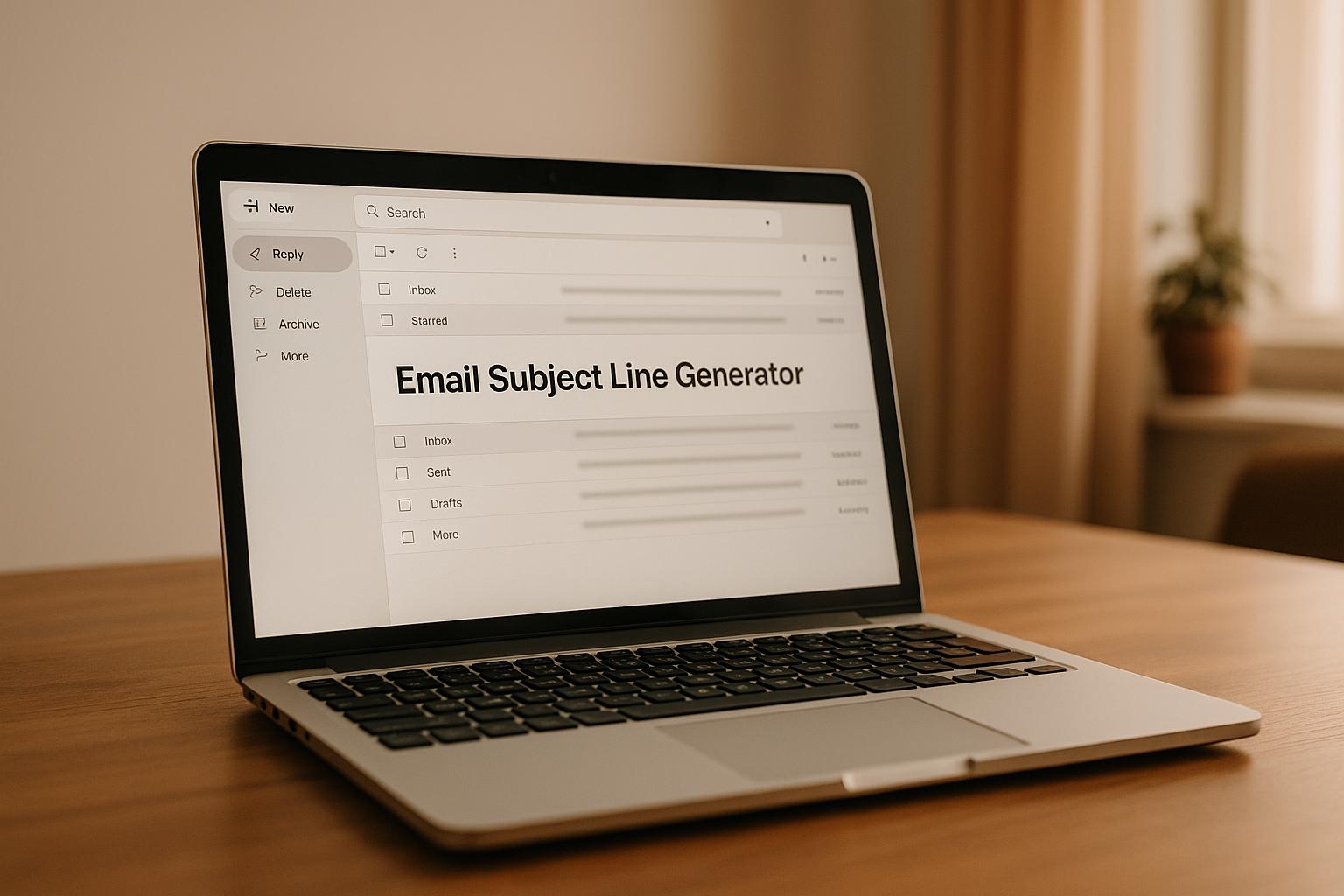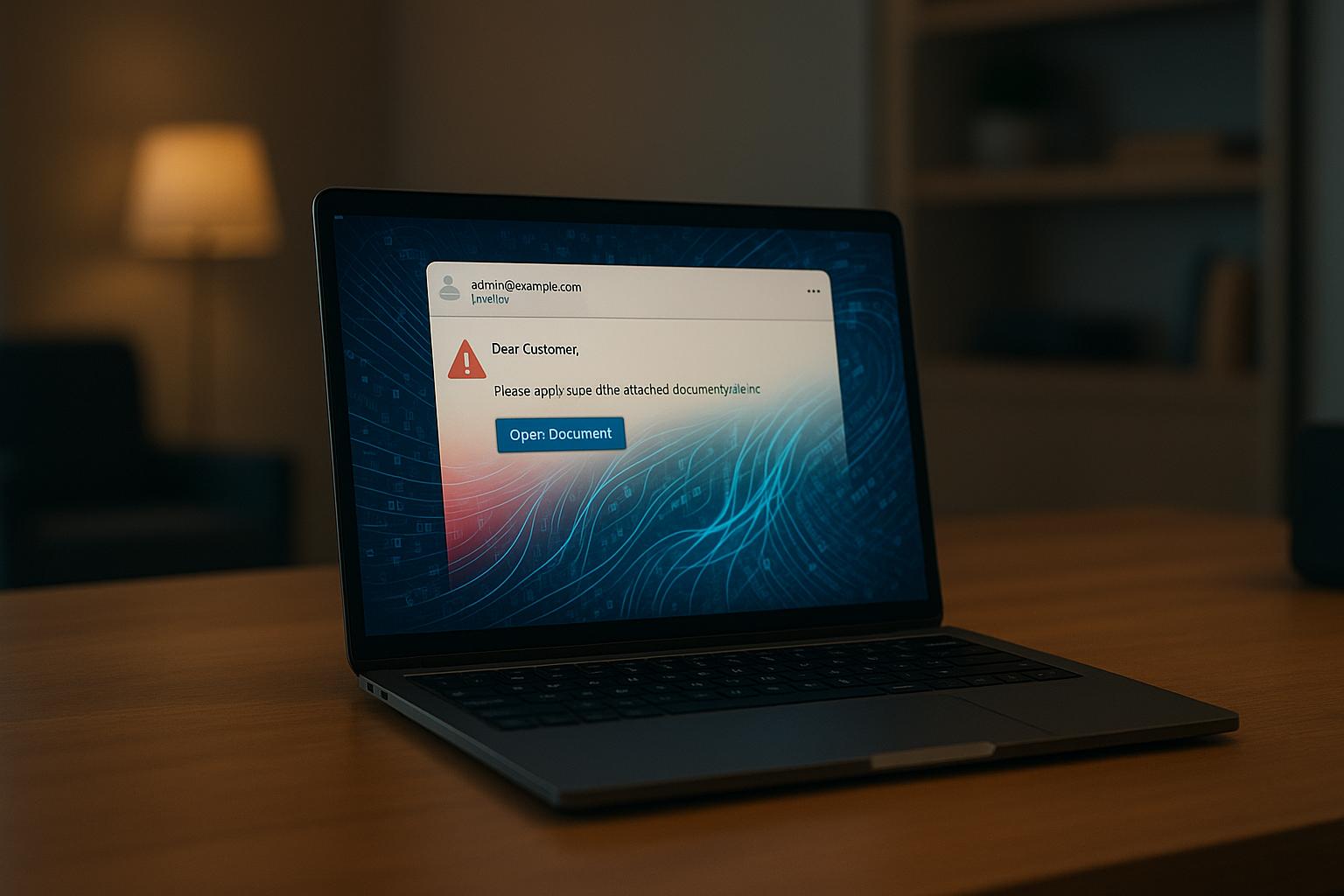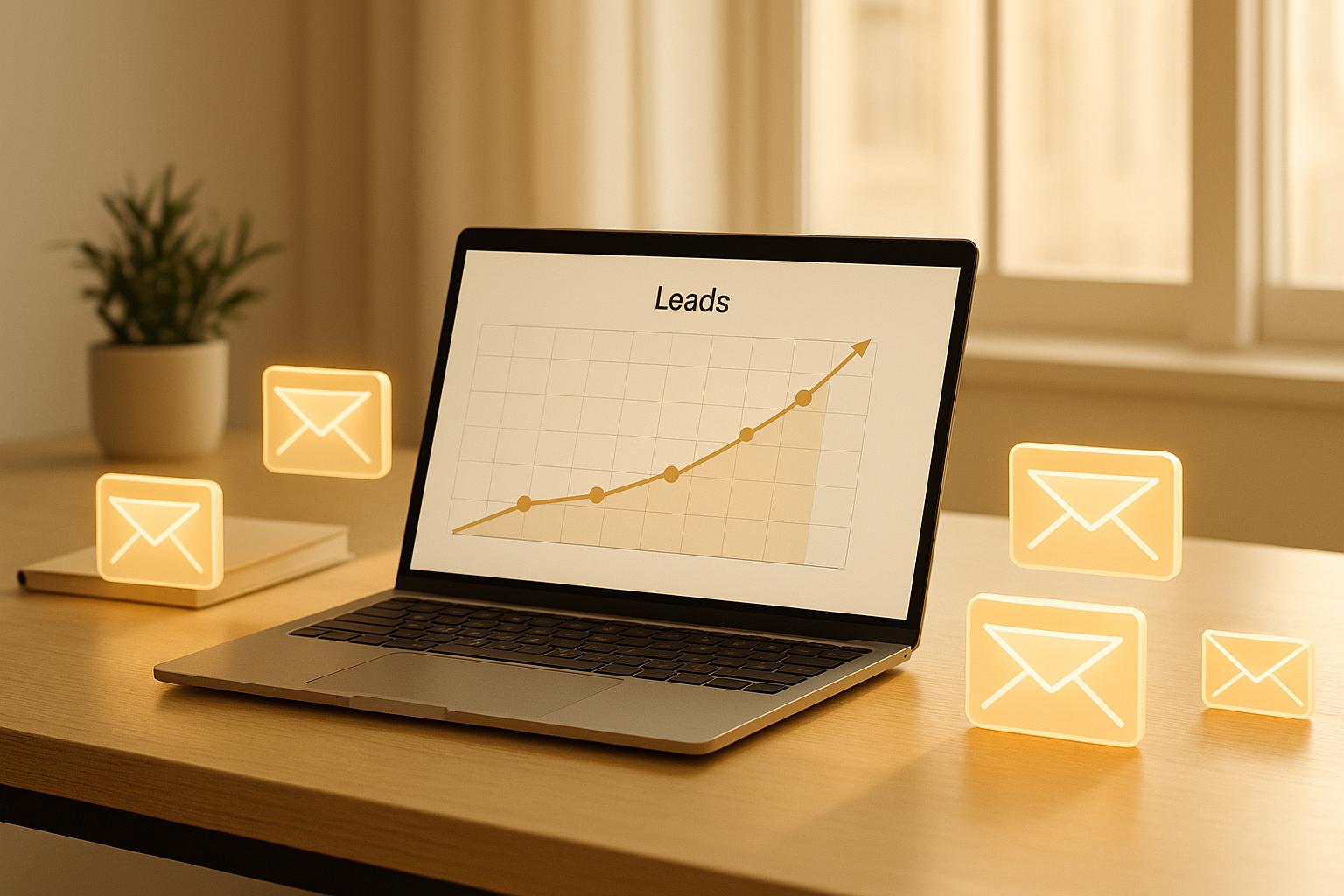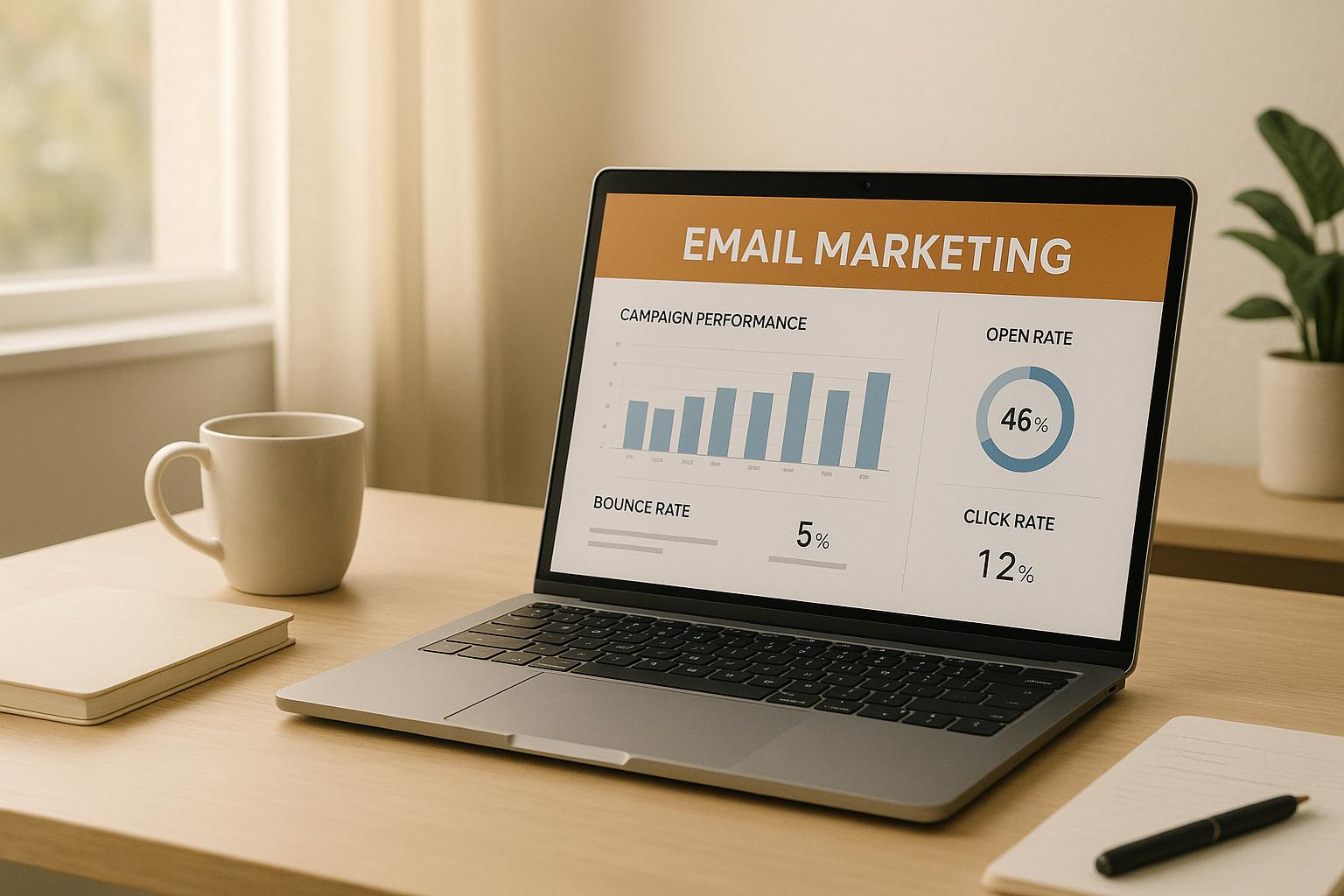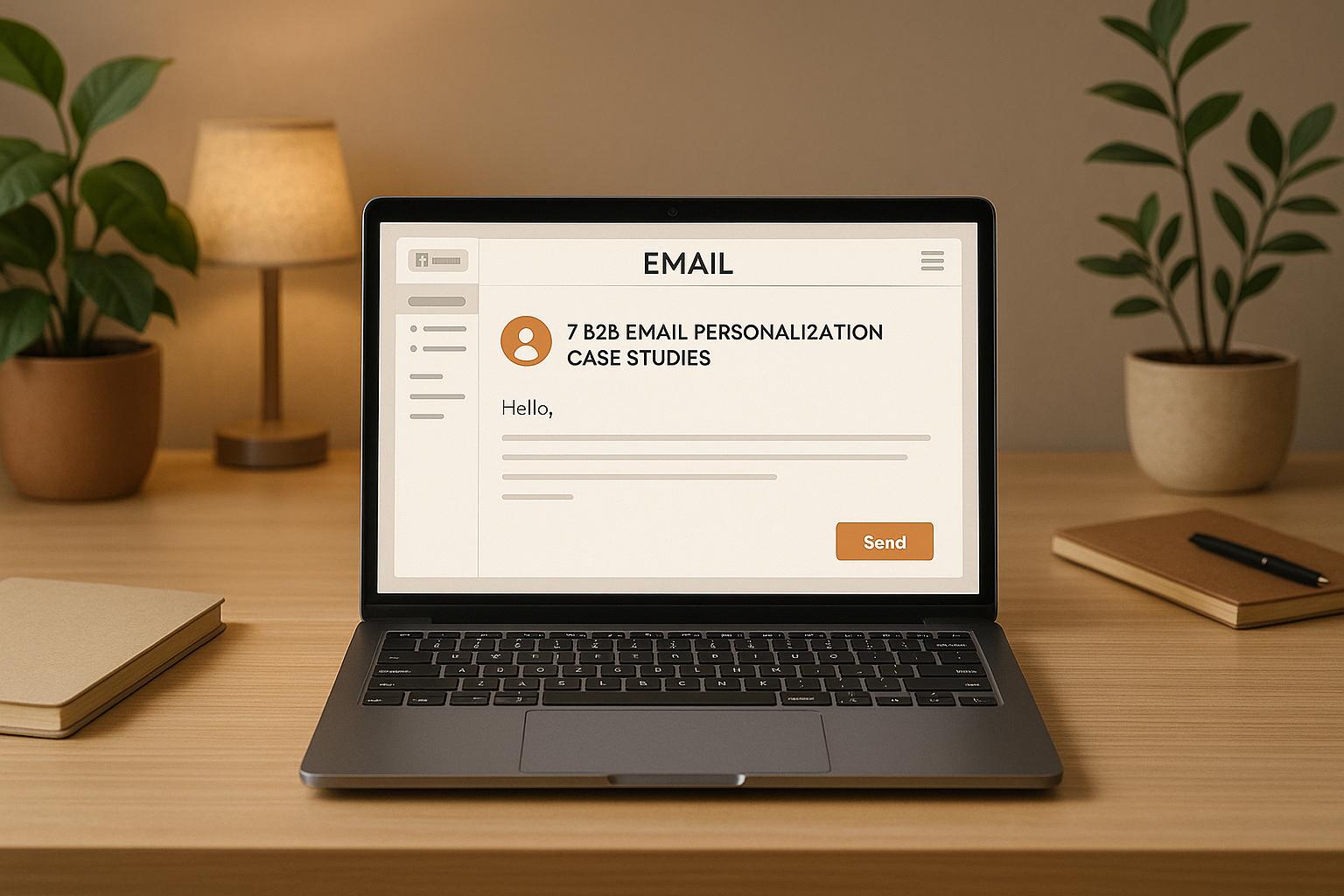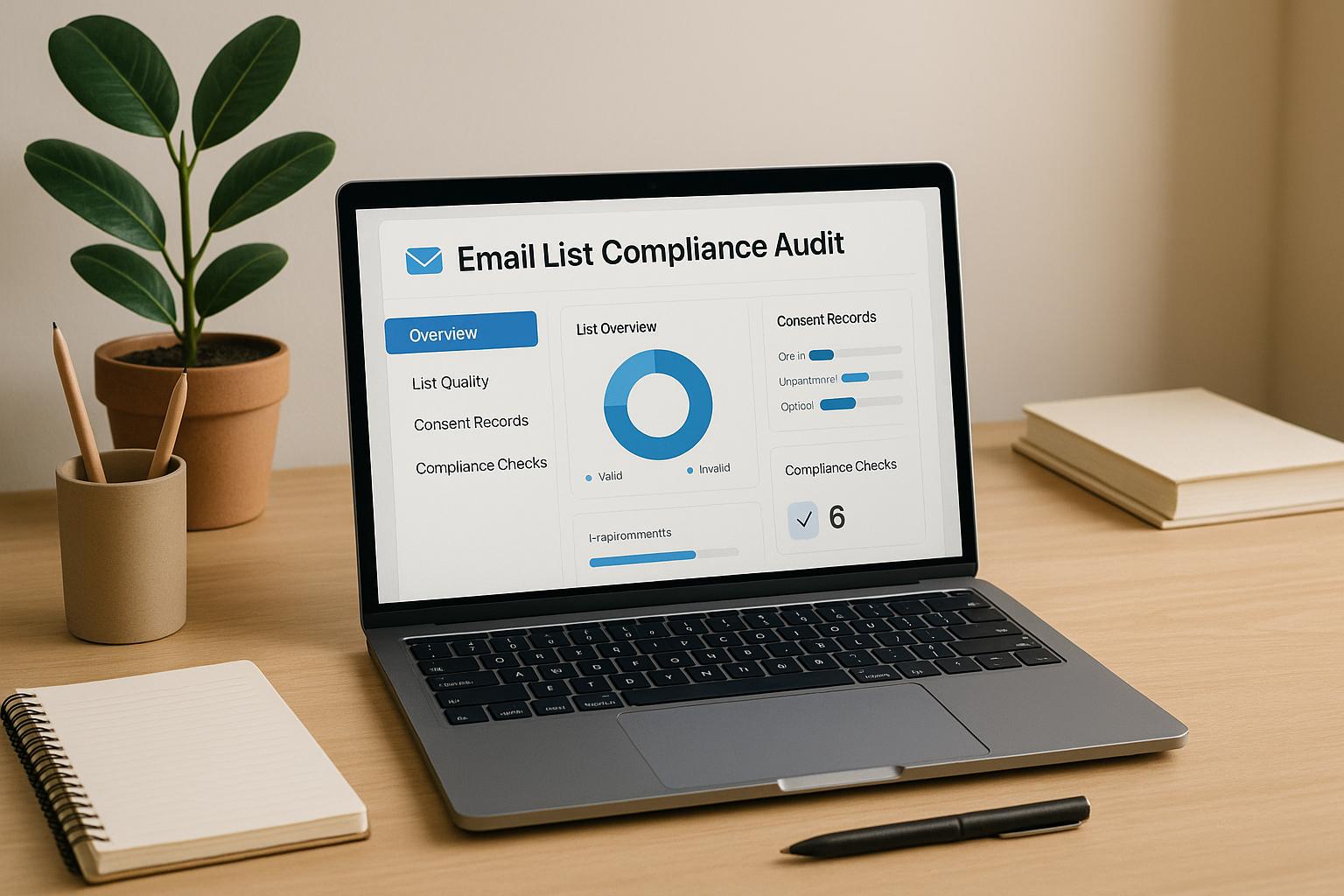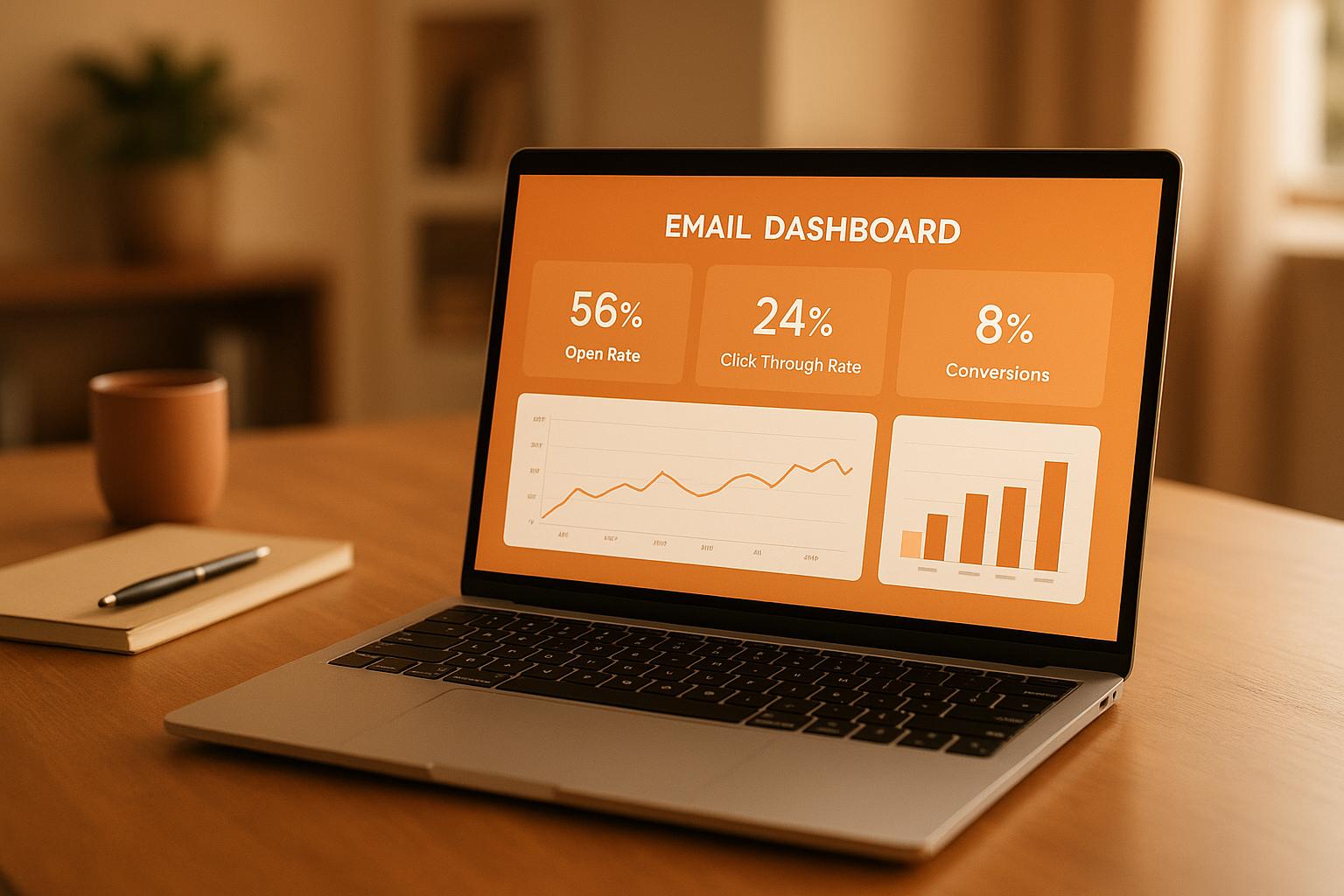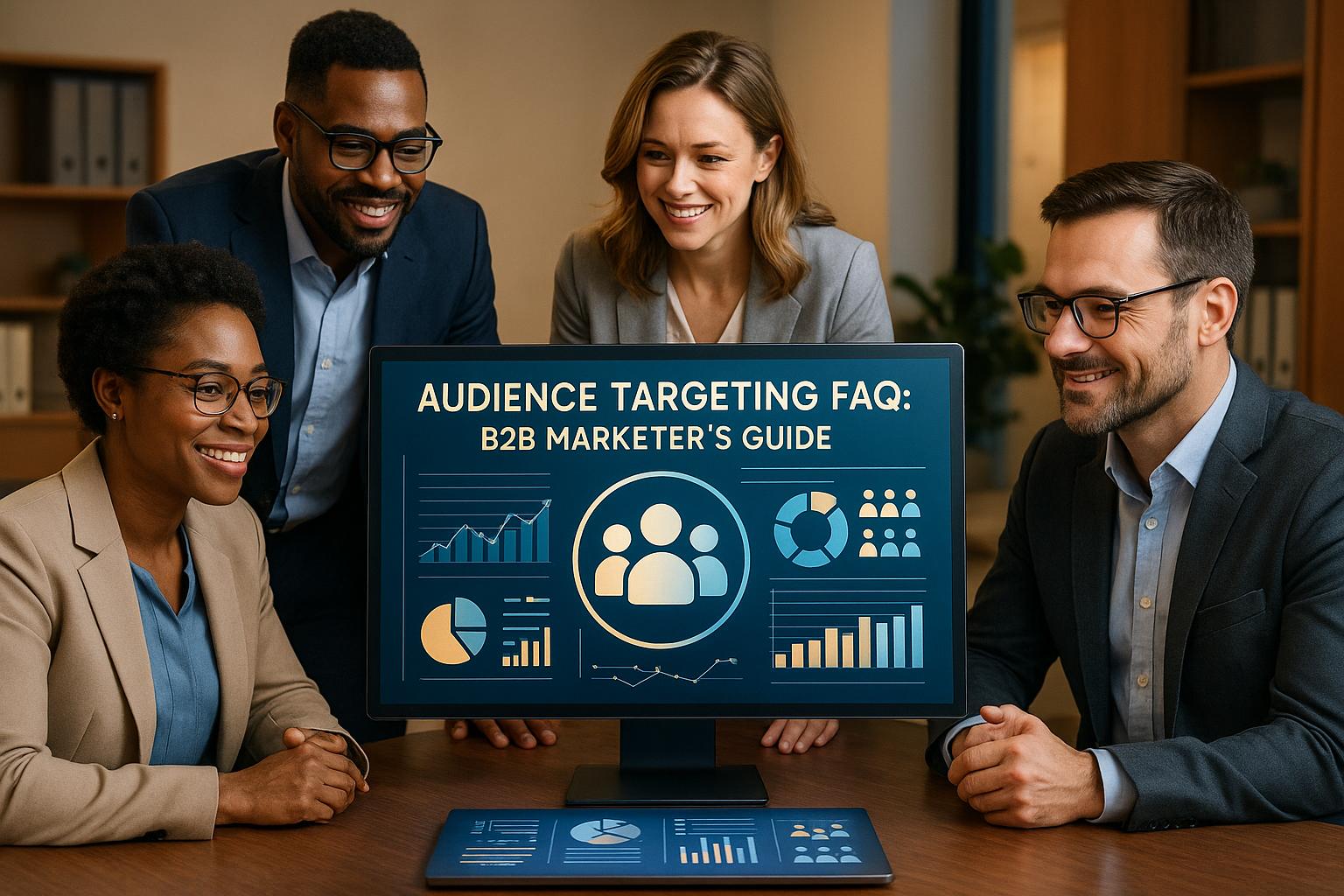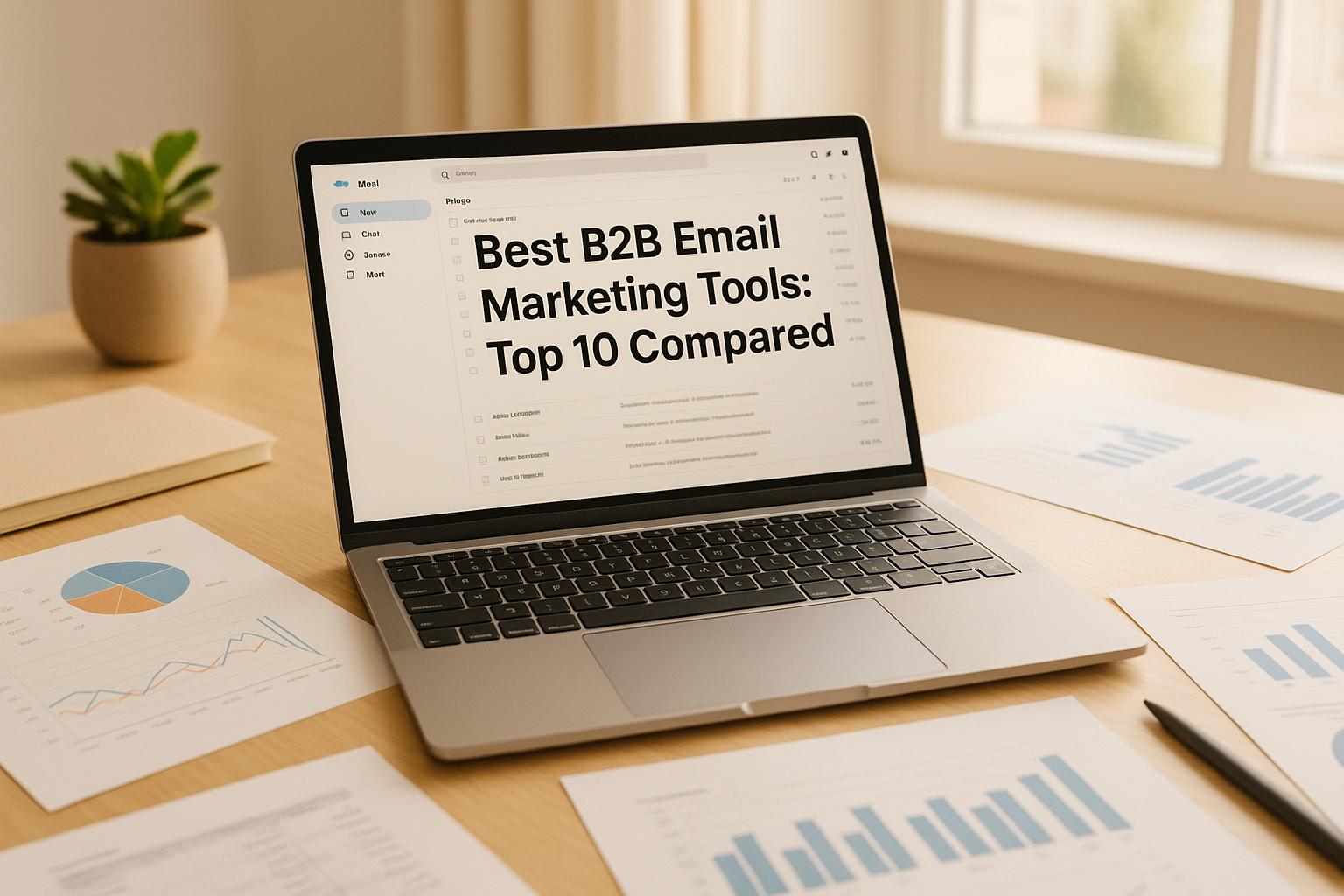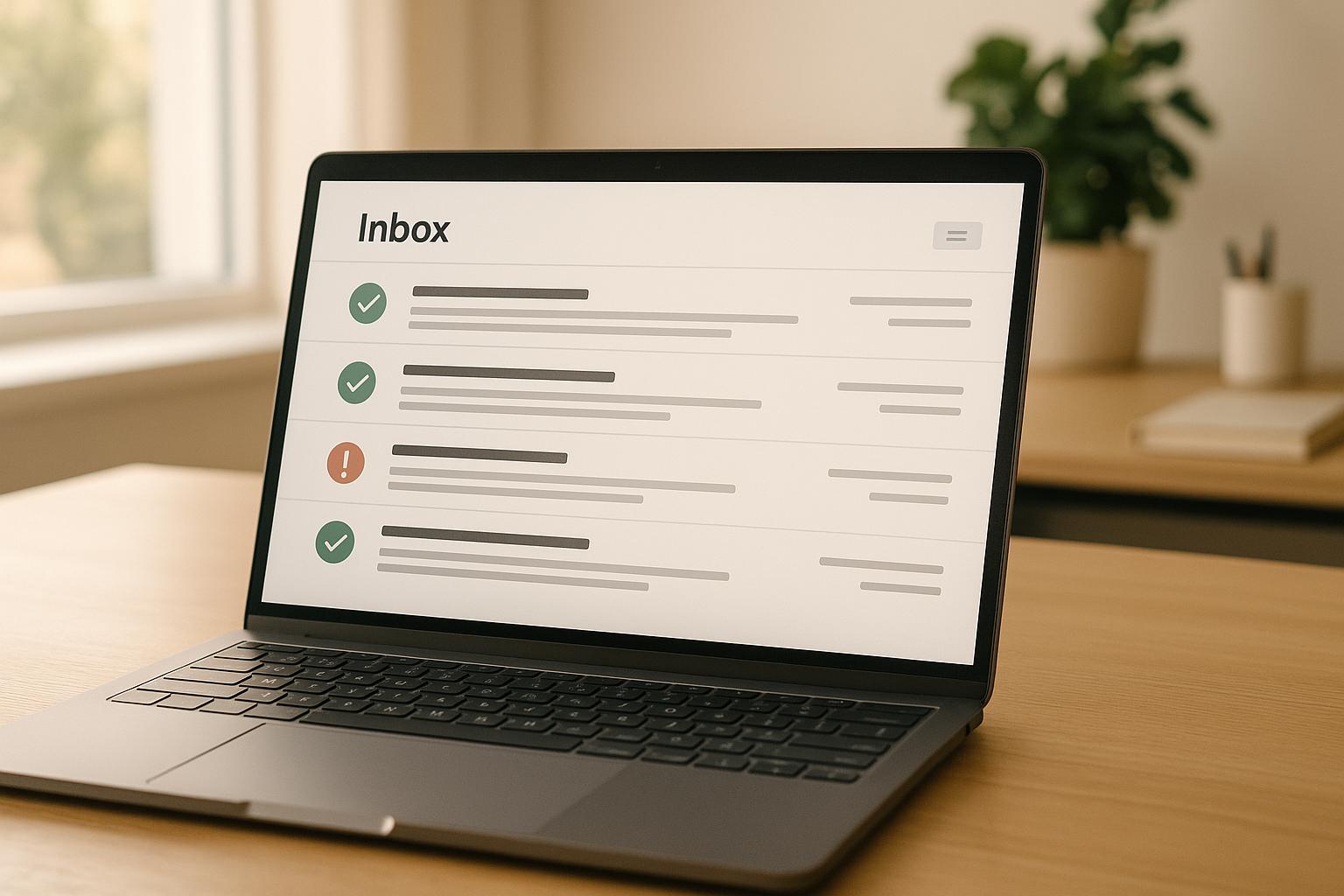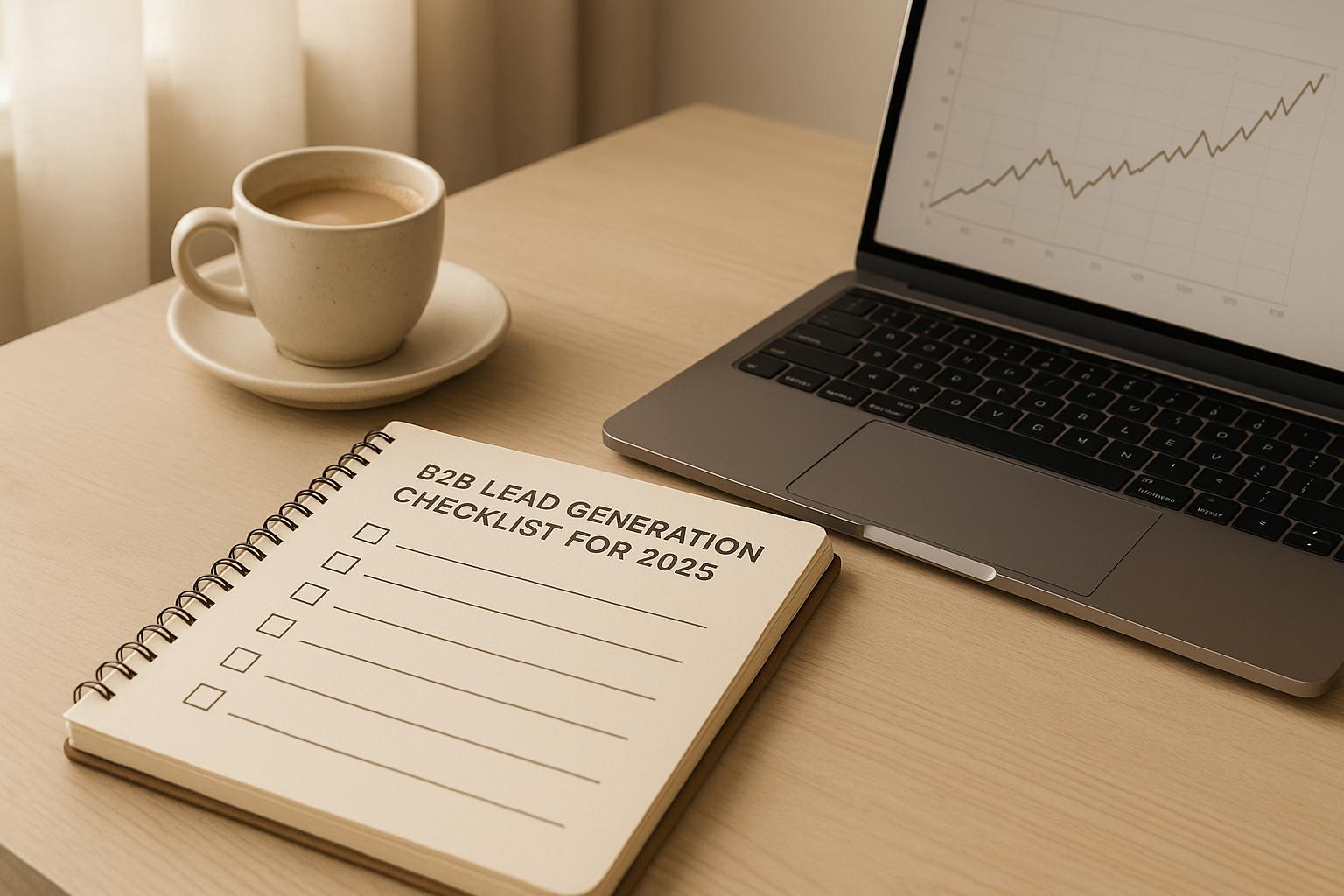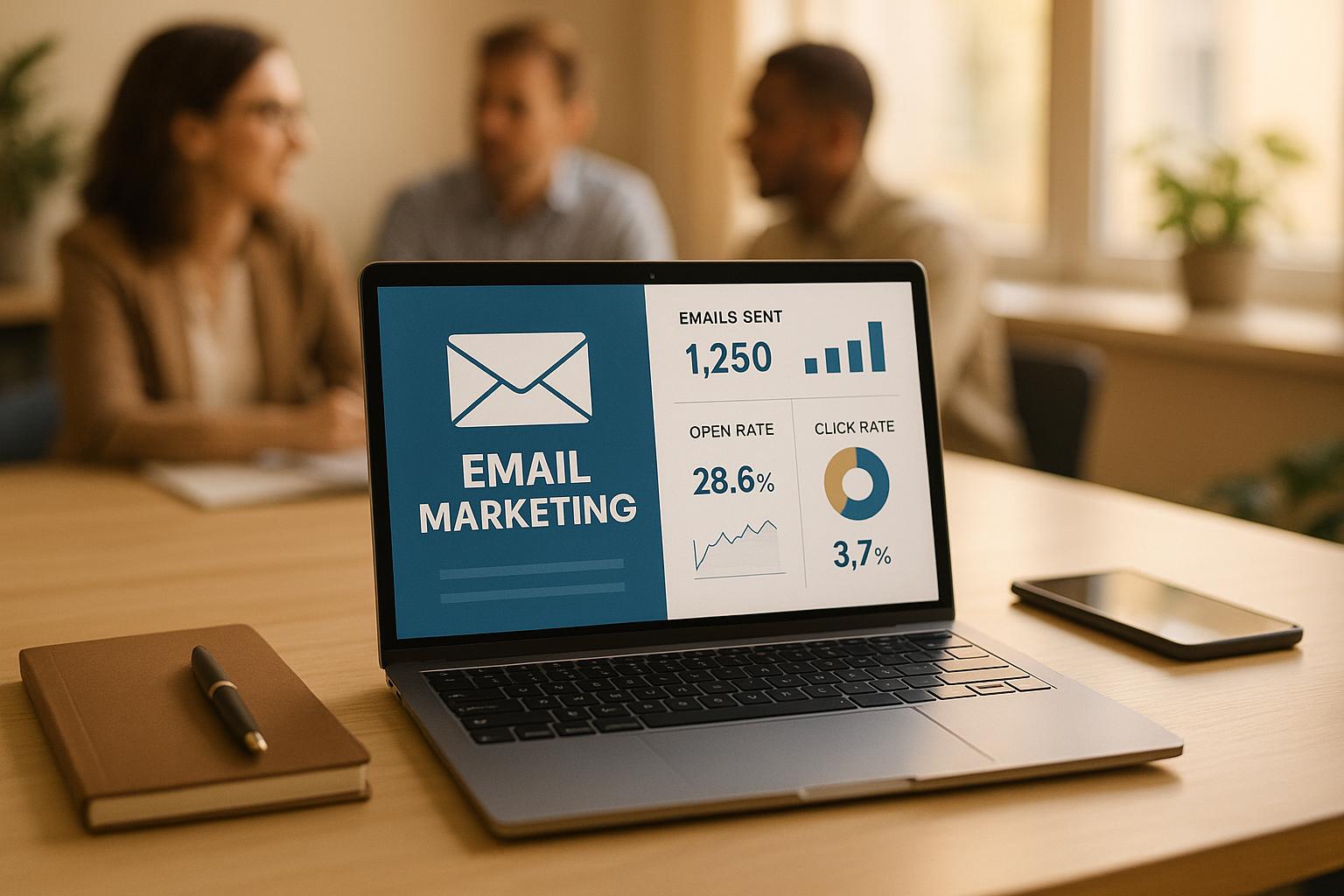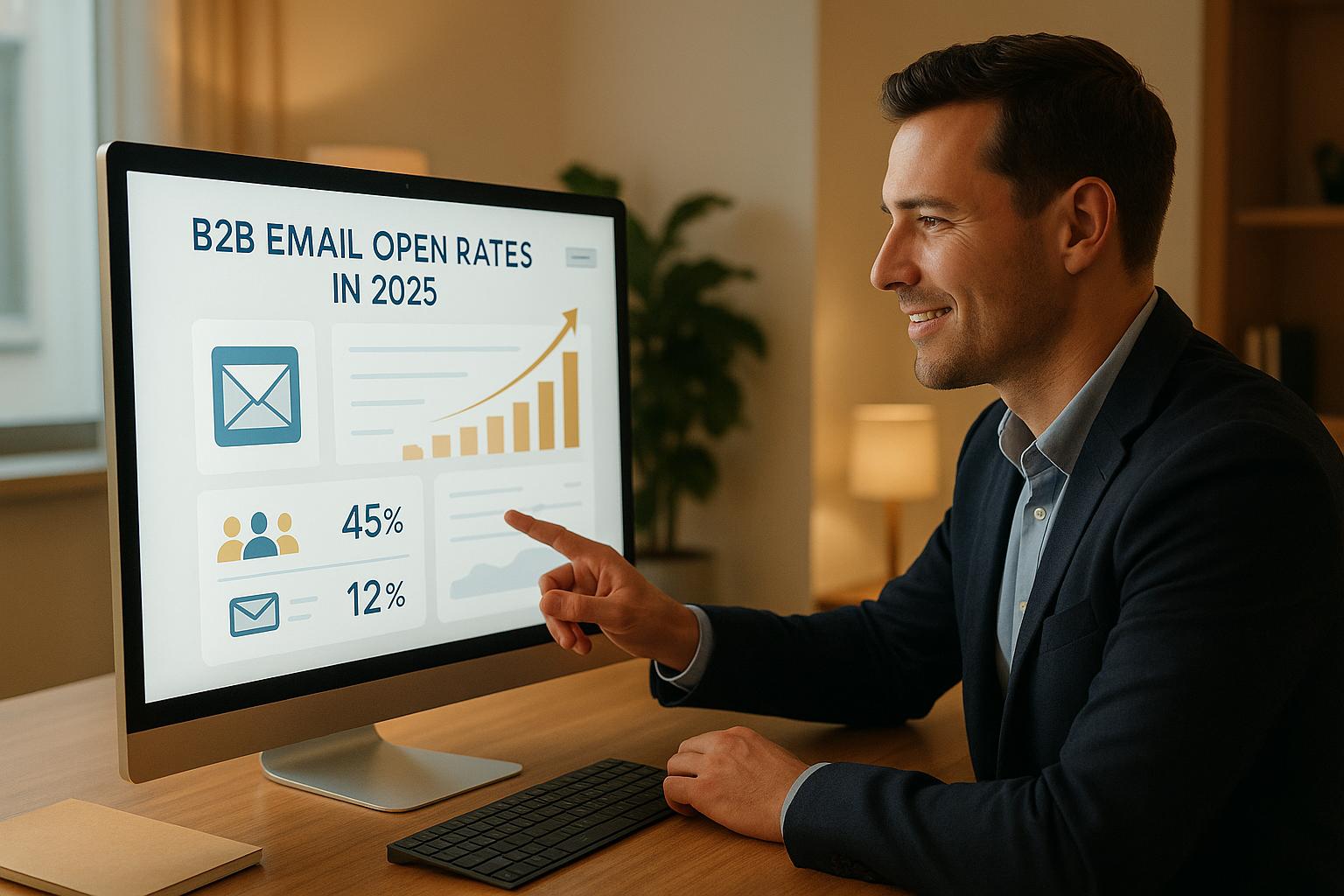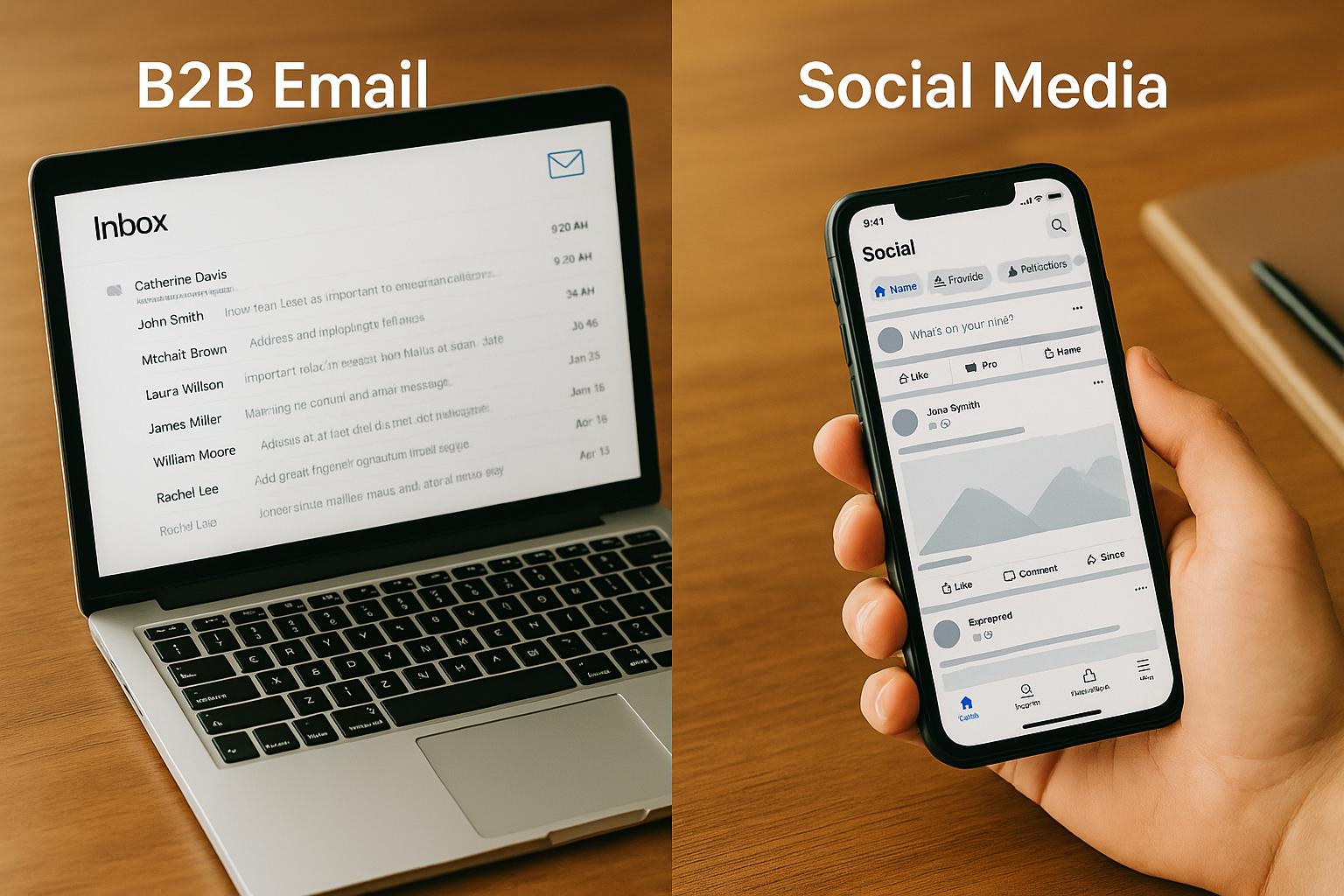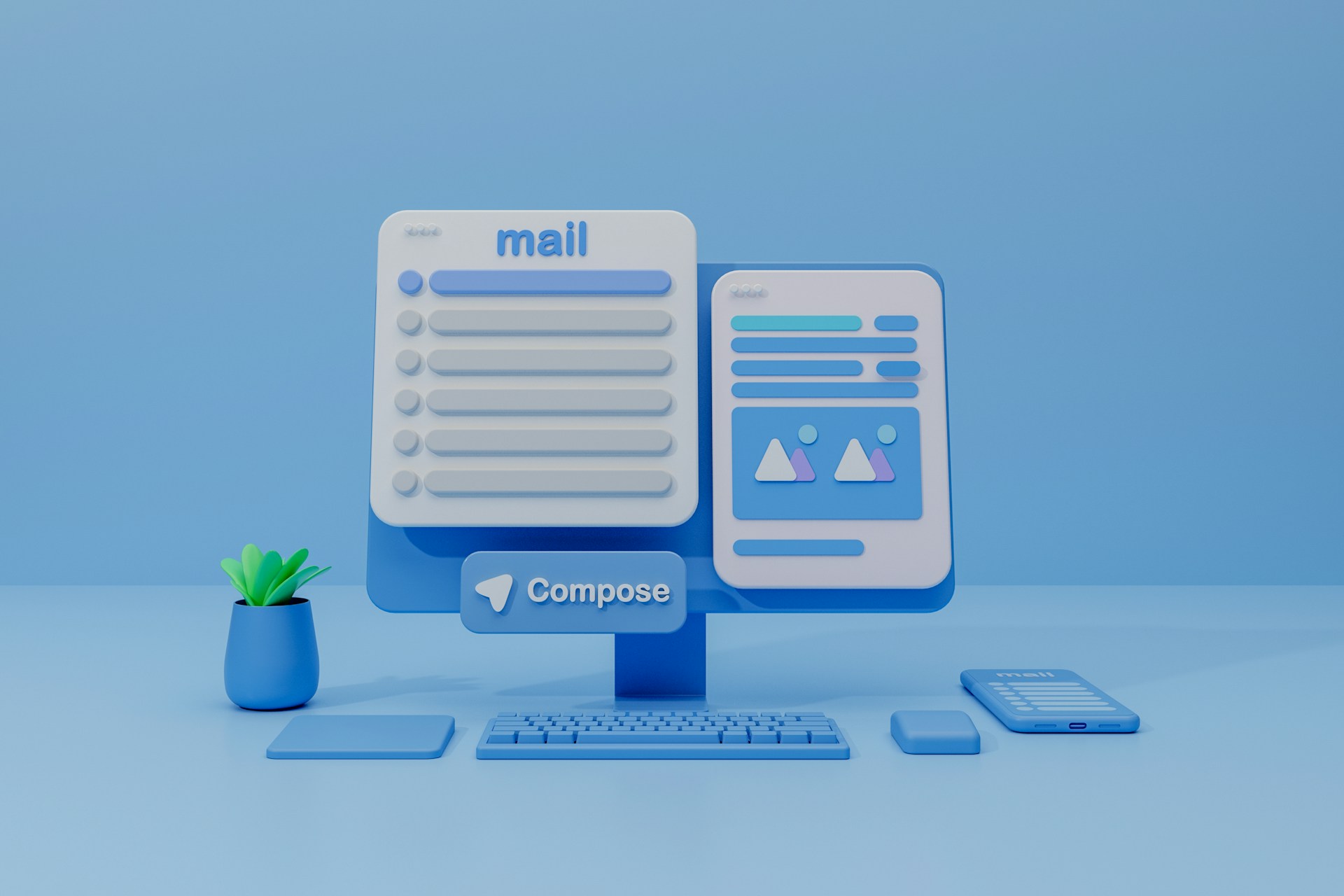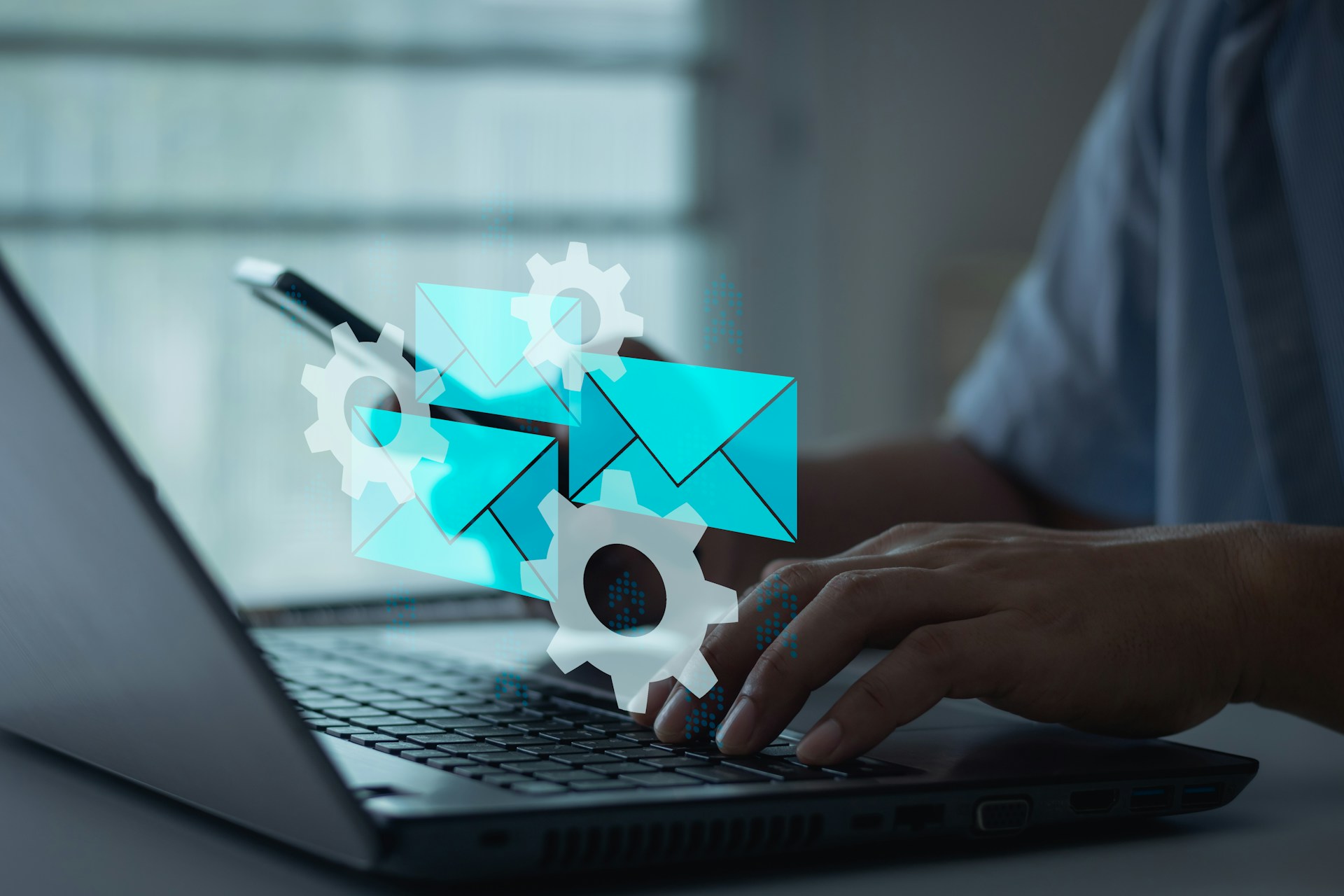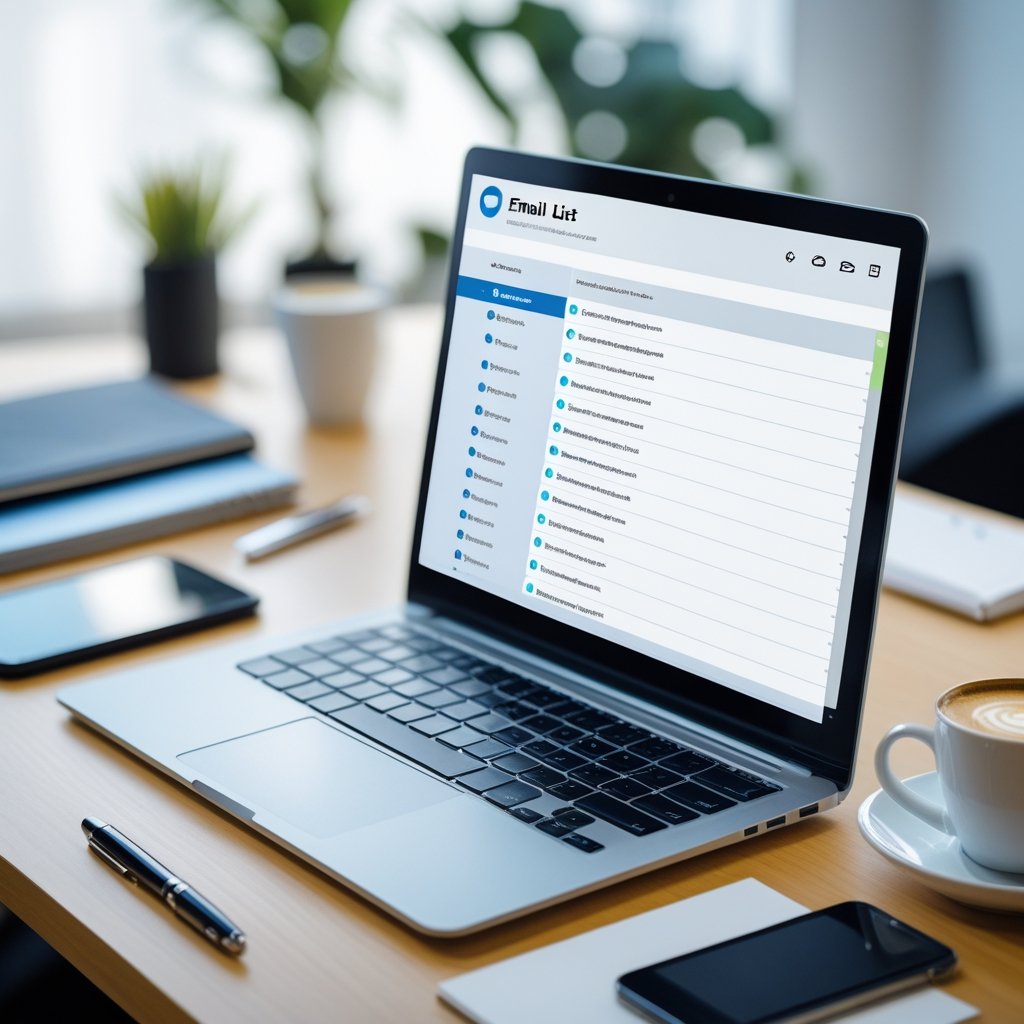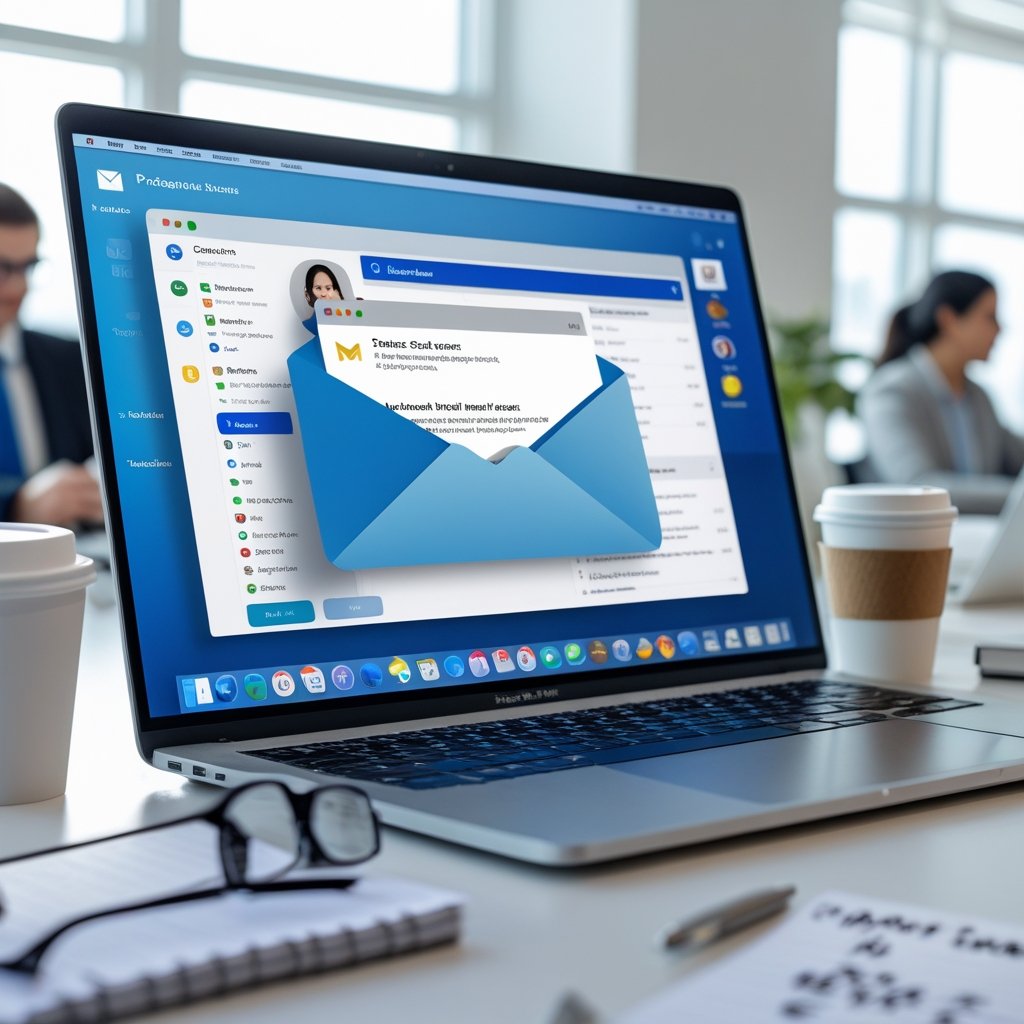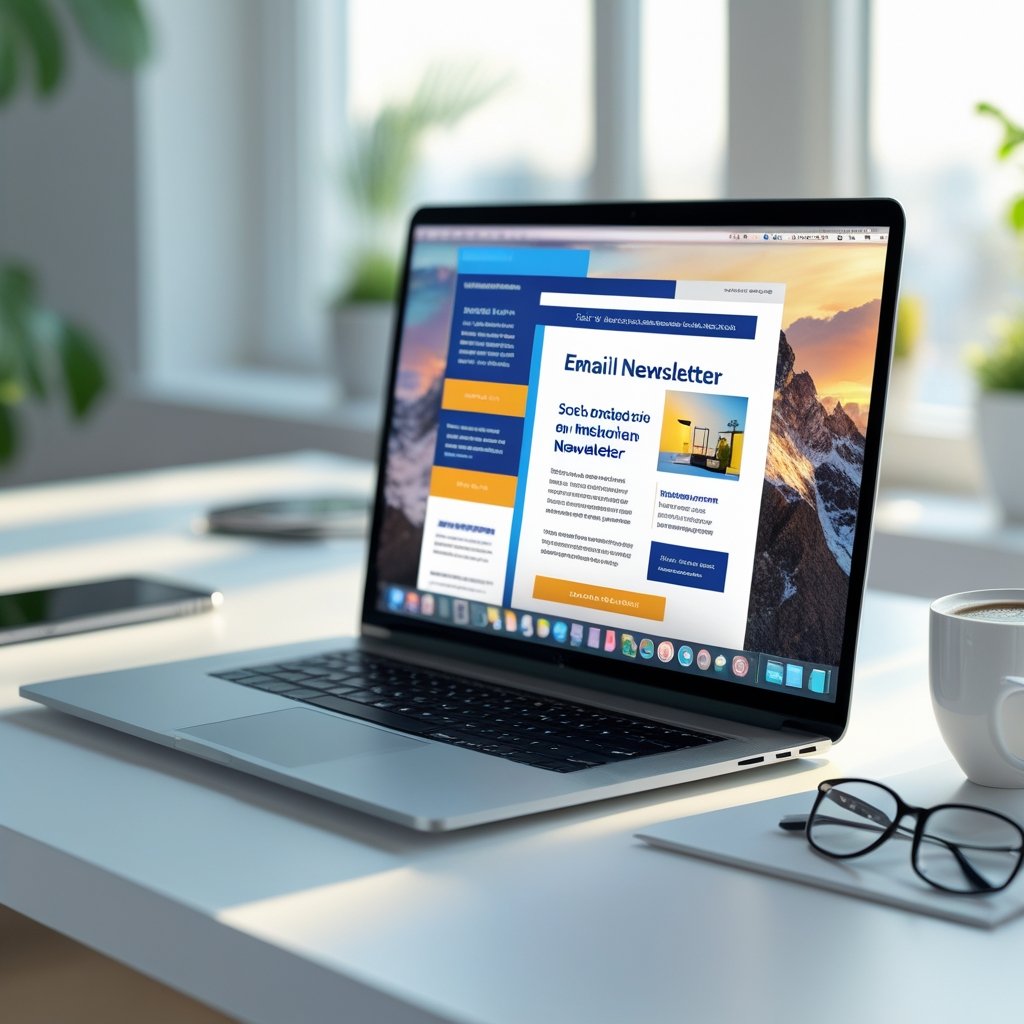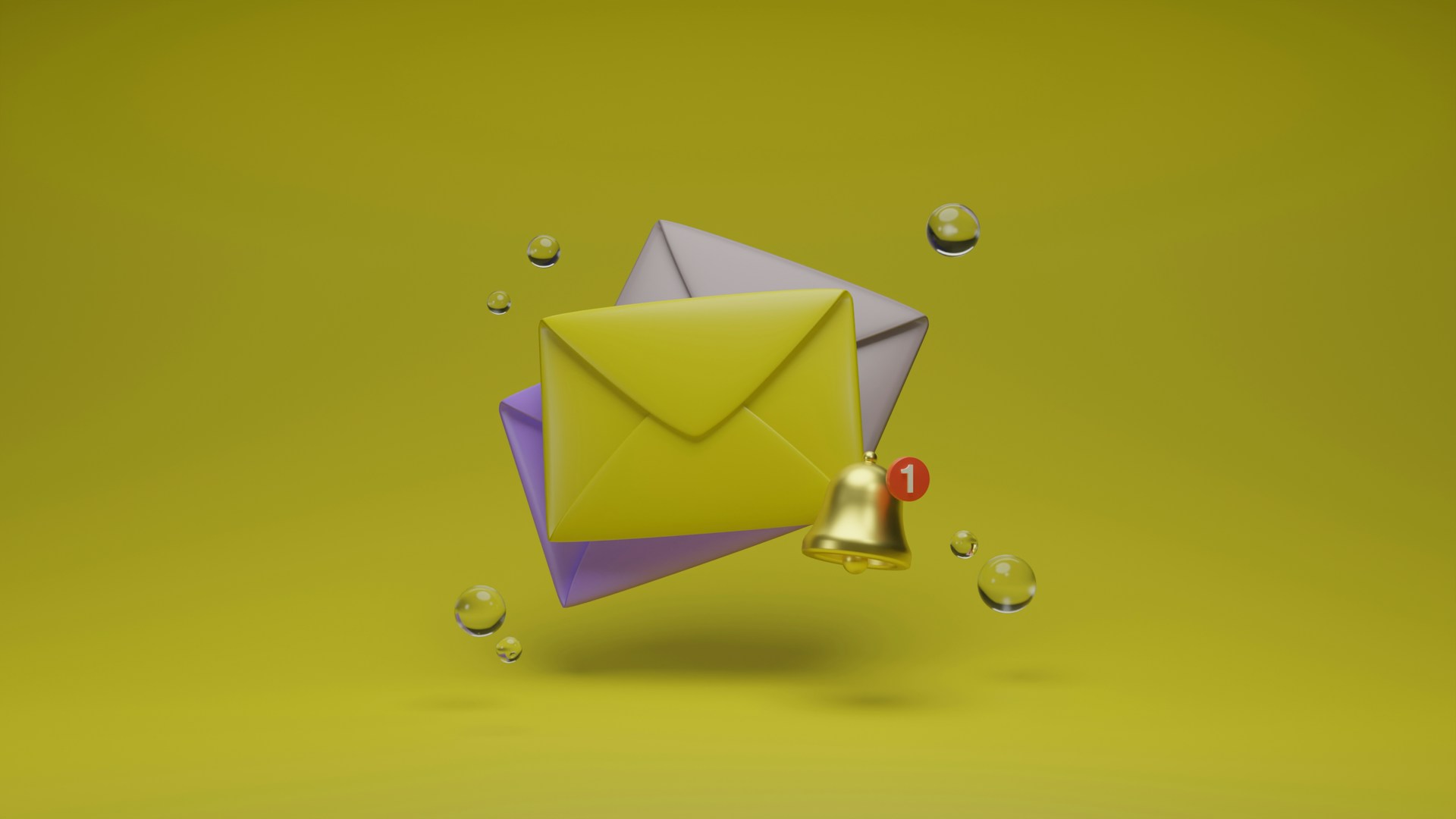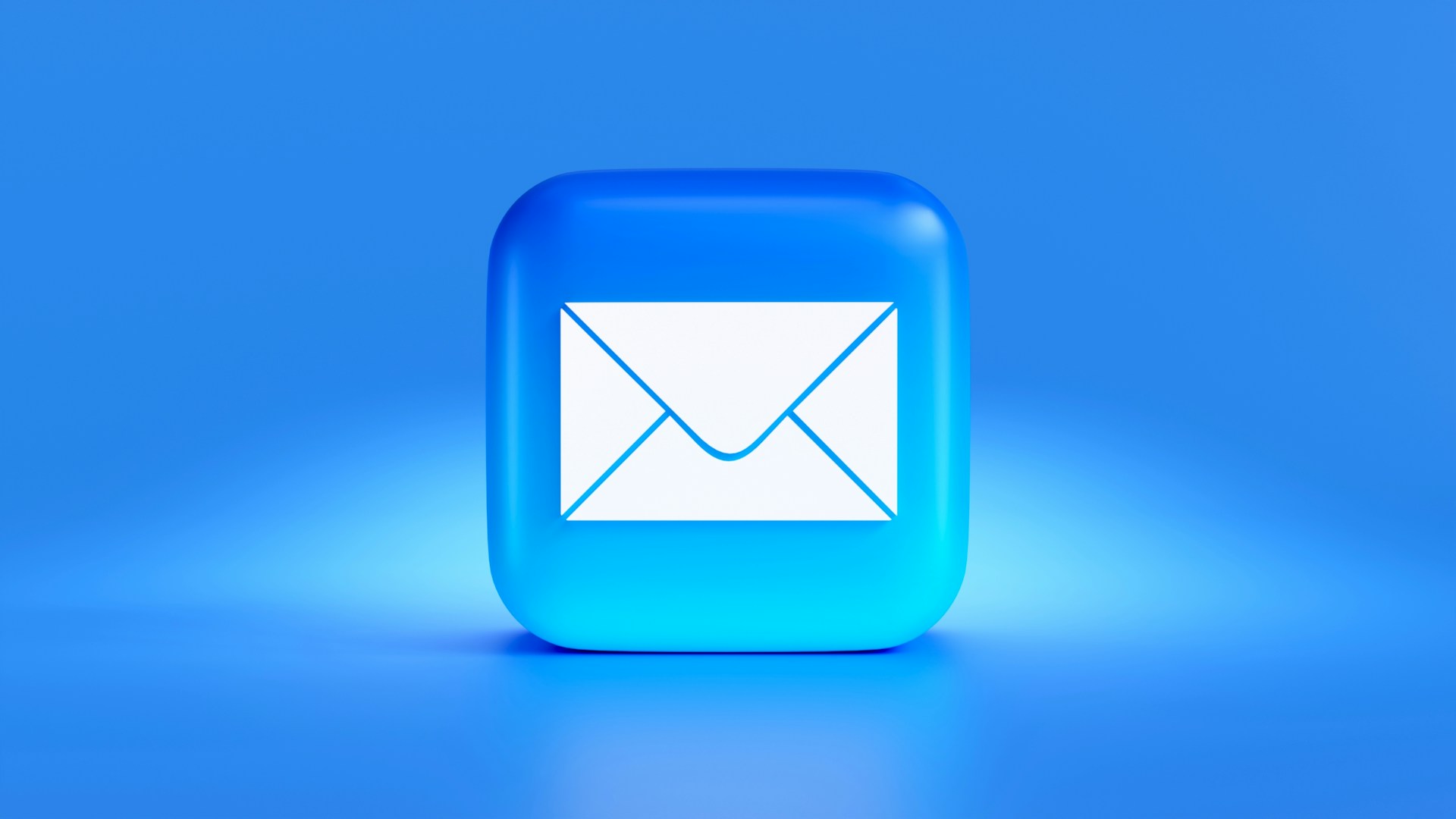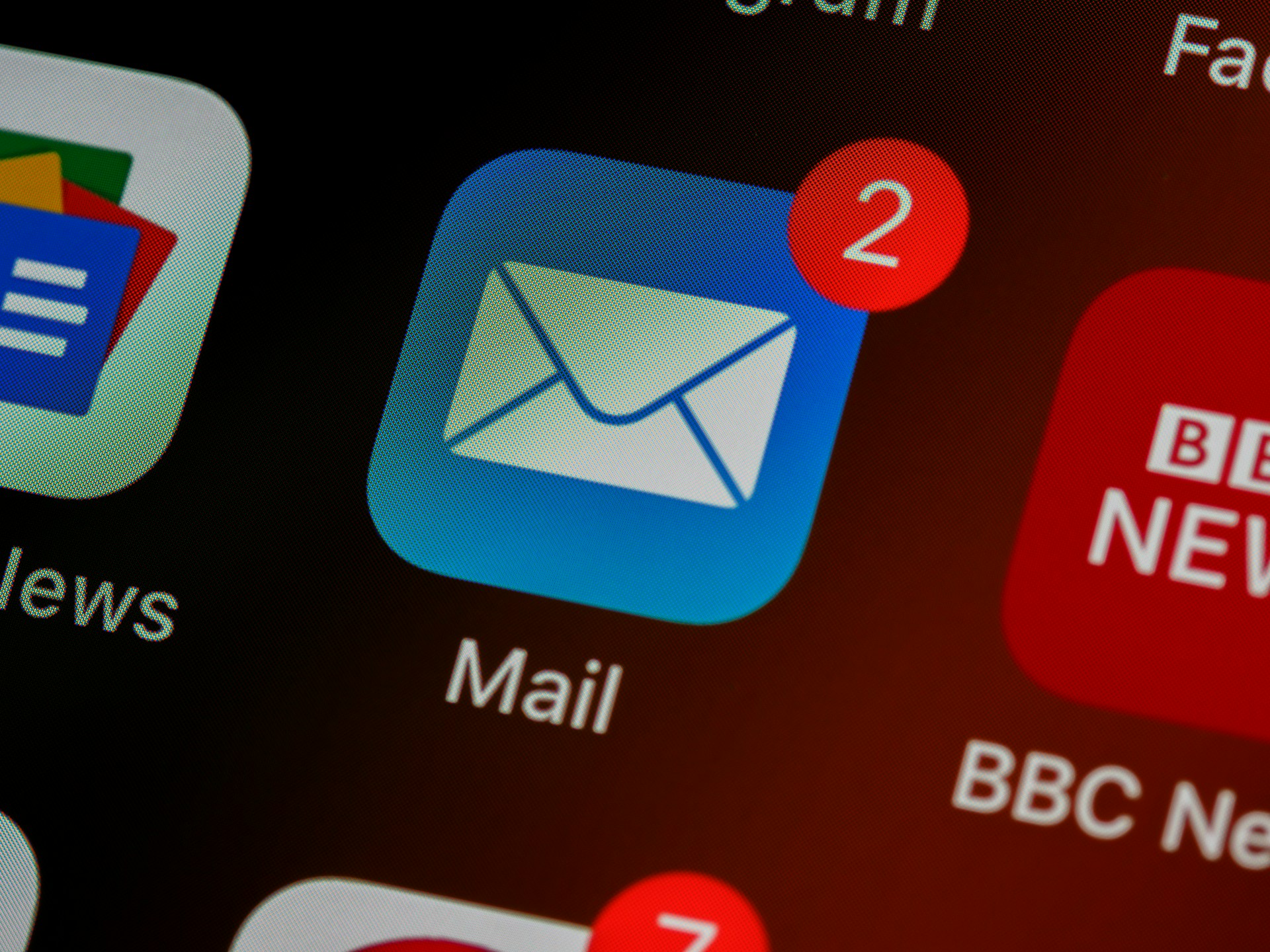Best Practices for CRM Email Personalization
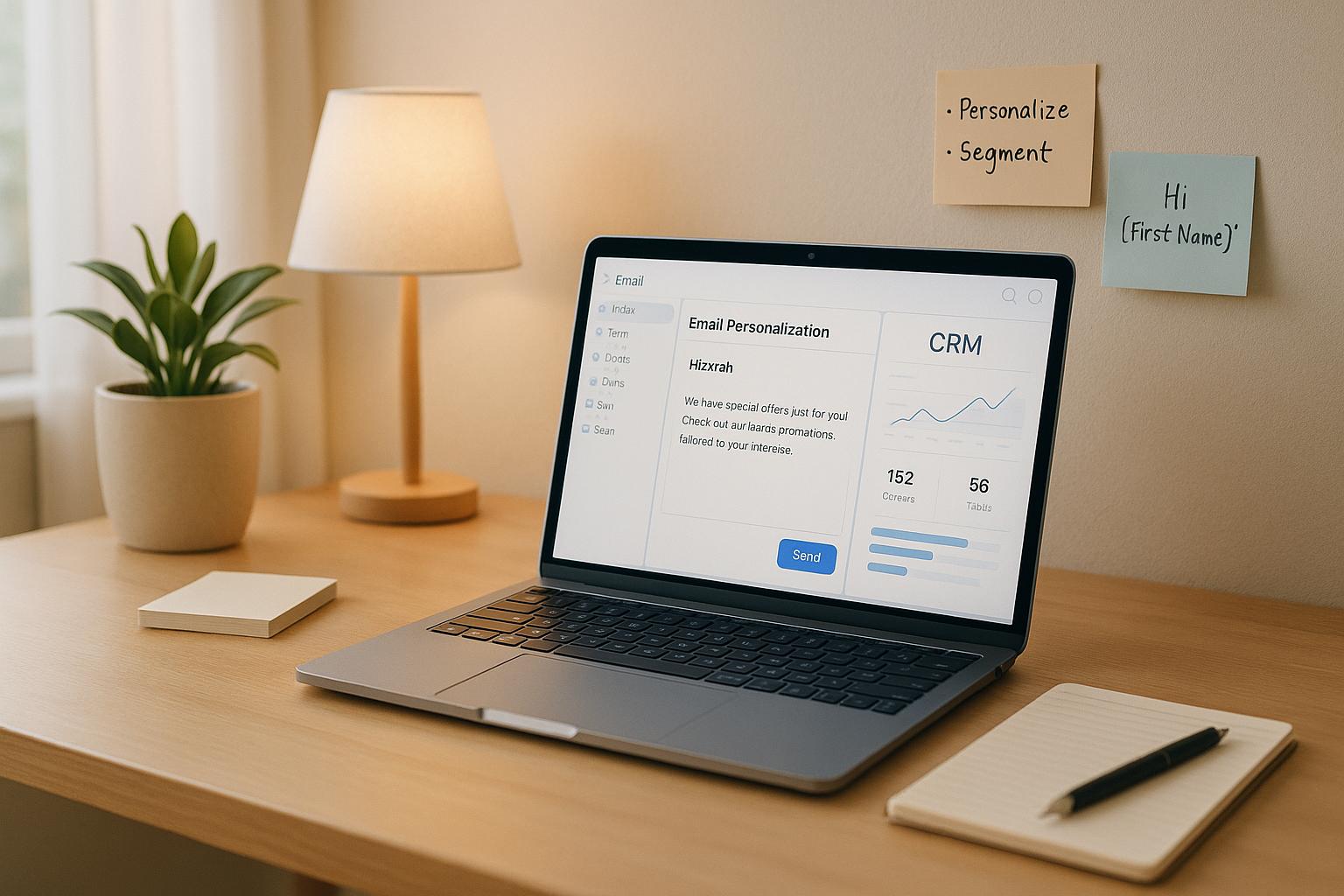
Email personalization is no longer optional - it's essential for standing out in crowded inboxes. Using CRM data effectively can transform generic email campaigns into targeted, high-performing messages that resonate with your audience. Here's what you need to know:
- Why Personalization Matters: Personalized emails deliver higher open rates and conversions by addressing specific customer needs and timing.
- Common Challenges: Issues like fragmented data and CRM-email platform integration can hinder personalization efforts.
- Solutions: Clean up your CRM data, integrate tools seamlessly, and leverage segmentation techniques like firmographic, behavioral, and lifecycle stage targeting.
- Advanced Tactics: Use dynamic content, personalization tokens, and behavioral triggers to craft emails that feel timely and relevant.
- Measure Success: Track open rates, clicks, and conversions. Use A/B testing and real-time analytics to refine your strategy.
Personalization isn't just about adding a name to an email. It's about making every interaction meaningful by using CRM data to understand your audience better and deliver the right message at the right time.
Using HubSpot Personalization Tokens to Customize Emails
Common CRM Email Personalization Challenges
B2B marketers often run into roadblocks when trying to use CRM data for personalized email campaigns. These hurdles can take what should be an efficient process and turn it into a frustrating experience, ultimately impacting the success of the campaign.
Getting a handle on these common issues is the first step toward crafting better personalization strategies. Let’s dive into two major challenges: fragmented data and integration issues.
Data Silos and Incomplete Records
One of the biggest challenges is dealing with fragmented data. Many organizations have CRM records scattered across different departments, platforms, or even basic spreadsheets. For instance, sales teams might update contact details in one system, while the marketing team relies on another database. This lack of coordination creates inconsistencies that make personalization efforts fall flat.
On top of that, customer data naturally changes over time. Job titles shift, companies merge, email addresses go out of use, and preferences evolve. When data is fragmented or outdated, it leads to errors in personalization - like using the wrong name or referencing an obsolete company. These mistakes can erode trust and make customers question the professionalism of your brand.
The ripple effect of poor data quality doesn’t stop there. It wastes resources by targeting outdated contacts, chasing leads that have already converted, or missing out on opportunities due to incomplete profiles. Some teams even abandon personalization entirely to avoid the risk of errors, which undermines the potential of their campaigns.
Integration Issues with Marketing Platforms
Another major hurdle comes from technical disconnects between CRM systems and email marketing platforms. Many organizations find that these tools don’t work together as seamlessly as they’d hoped, creating problems like delayed data syncing, missing fields, or outright integration failures.
For example, if real-time data syncing is delayed, behavioral triggers might fire based on outdated information, reducing the effectiveness of the campaign. Field mapping is another common pain point - custom fields in a CRM might not align with what the email platform requires, forcing marketers to simplify their approach or tackle time-consuming workarounds.
API limitations and synchronization delays can also restrict how much data gets shared and how often updates occur. Some integrations only sync specific types of information or require manual updates, limiting personalization options even further.
Permission and access controls add another layer of complexity. While CRM systems often allow for detailed, role-based access, email platforms might not support the same level of granularity. This can create security concerns or limit who can build and send personalized campaigns.
These integration challenges often leave marketers stuck between two essential needs: leveraging the detailed insights stored in a CRM and executing effective email campaigns. For growing B2B companies, this disconnect can be especially frustrating as they try to scale their marketing efforts. Solving these technical issues is critical for enabling precise audience segmentation and delivering more targeted campaigns.
Audience Segmentation and Targeting Best Practices
Once you've resolved CRM integration challenges, it’s time to put that data to work by creating actionable audience segments. With the technical hurdles behind you, the focus shifts to using CRM data to craft precise segmentation strategies. This approach transforms generic email campaigns into tailored conversations that resonate with specific customer groups. By layering multiple CRM data points, you can build targeted audience segments that drive engagement.
B2B Audience Segmentation Techniques
Firmographic segmentation is a great starting point. It involves analyzing factors like industry type, company size, and other business demographics to identify organizations that align with your ideal customer profile. For instance, a software company might treat healthcare organizations with 100–500 employees differently from those in manufacturing, as their challenges and needs will vary.
Behavioral segmentation digs into how prospects interact with your brand. By tracking data like content consumption, engagement levels, and past interactions, you can gauge buying intent and tailor your outreach to match their interests.
Lifecycle stage segmentation ensures your messaging aligns with where prospects are in their buying journey. Early-stage prospects might benefit from educational content, while those in the evaluation phase need detailed product comparisons or ROI insights to make informed decisions.
Stakeholder mapping helps you identify and communicate with the right decision-makers. For example, you wouldn’t want to send technical specs to a CFO or pricing details to an IT manager. Instead, mapping ensures the right information reaches economic buyers, technical evaluators, or end users.
"Precision refers to how specific or granular your data is. It's about ensuring that your data is fine-tuned to your exact criteria. In B2B, precision means that your dataset is narrowly focused on the accounts and contacts that meet your specific business goals, whether that's based on job roles, industry type, company size, or even technographics." – LeadGenius
By combining these techniques, you can target subgroups with remarkable accuracy. For example, instead of sending a mass email to all healthcare prospects, you might focus on CFOs at mid-sized healthcare organizations who recently engaged with pricing content and are actively evaluating solutions.
Using CRM for Precision Targeting
With solid segmentation methods in place, refine your targeting further by tapping into real-time CRM insights. These insights enable you to create micro-segments for hyper-personalized messaging.
Technographic data stored in your CRM reveals the technology stack your prospects are using. This allows you to position your solution as a seamless addition or an upgrade to their current systems by showcasing integration capabilities or migration paths.
Trigger-based segmentation leverages real-time CRM updates to identify timely opportunities. Events like recent funding, leadership changes, or business expansions often signal a readiness to buy, making it the perfect moment to reach out.
Account-based segmentation takes a highly focused approach by treating each high-value prospect as its own market. Detailed CRM profiles provide insights into organizational structures, decision-making processes, and business priorities, enabling you to craft communications that resonate deeply with these accounts.
Personalized B2B campaigns, such as emails, can generate 40% more revenue compared to generic approaches. Tools like Breaker enhance this precision by combining CRM insights with automated lead generation, ensuring your carefully segmented messages reach engaged prospects.
Your CRM’s custom fields offer even more targeting opportunities, capturing details like budgets, timelines, competitive pressures, and pain points. By leveraging this data, you can craft messaging that speaks directly to a prospect’s unique situation.
The key to effective segmentation is balancing personalization with efficiency. Start with broader segments based on firmographic data and lifecycle stages, then refine your approach by layering in behavioral and technographic insights. This method ensures relevance without overcomplicating your email production process, driving better engagement and results.
Dynamic Content and Personalization Implementation
Once you've addressed data silos and integration challenges, it's time to take your email personalization to the next level with dynamic content. This strategy transforms your emails from static messages into tailored experiences by automatically adapting content based on each recipient's CRM data. It's not just about adding a name to the subject line - it's about crafting emails that feel truly relevant to the individual, which can significantly boost engagement.
The secret to effective dynamic content lies in leveraging CRM data. By connecting details like industry, role, company size, engagement history, and buying stage to your email platform, you can automatically personalize everything - subject lines, product recommendations, and even the tone of your messaging. This approach also sets the stage for more advanced tactics like automated workflows and behavior-triggered emails, which we'll explore next.
How to Use Personalization Tokens
Personalization tokens are placeholders that automatically pull data from your CRM into your emails. While most people are familiar with basic tokens like first name or company name, you can take it a step further by using deeper insights from your CRM to create highly personalized subject lines and content.
For example, you could use tokens to craft a subject line like: "{{First_Name}}, following up on your {{Content_Downloaded}} download." Or, for a more tailored approach: "New insights for {{Company_Name}}'s {{Industry}} challenges." If a prospect recently downloaded a whitepaper about cybersecurity, your follow-up email can directly address "the cybersecurity challenges you're researching", rather than sending a generic message.
You can also use dynamic signature blocks to include contact details that vary by location or account tier. Behavioral tokens are another powerful tool, allowing you to reference specific actions like attending a webinar, requesting a demo, or visiting your pricing page. This level of relevance makes your follow-ups feel thoughtful and timely.
The key to using tokens effectively is making them feel natural within the email. They shouldn't stand out as obviously automated. And don’t forget to include fallback text for incomplete CRM records to ensure your emails always look polished and professional.
Dynamic Content and Conditional Blocks
Conditional blocks take personalization a step further by showing or hiding entire sections of content based on CRM criteria. This allows you to create comprehensive email templates that dynamically adapt to different audience segments.
For instance:
- Industry-specific content blocks could display HIPAA compliance details for healthcare prospects while highlighting financial regulations for banking contacts.
- Role-based messaging can offer technical evaluators detailed specs, while executives receive high-level ROI projections.
- Lifecycle stage conditions adjust content complexity - early-stage leads might get educational resources, while sales-ready prospects see product demos.
Other examples include geographic personalization, where emails feature local case studies or region-specific compliance details, and engagement-based content, which varies depending on a recipient's interaction history. Highly engaged prospects might receive in-depth resources, while less engaged contacts get simplified content designed to reignite their interest.
When implementing dynamic content, start small. Introduce one or two conditional elements and expand gradually based on performance data. Testing is crucial - ensure your emails render correctly across all segment combinations to avoid any hiccups.
sbb-itb-8889418
Workflow Automation and Behavioral Trigger Emails
Once you've automated your content, the next step is integrating CRM-driven workflows to create real-time, behavior-based email responses. This shift transforms email marketing from static, scheduled blasts into dynamic, adaptive conversations. By responding to what your prospects and customers do, you can deliver messages that are more relevant and perfectly timed.
Behavioral trigger emails consistently outperform traditional scheduled campaigns. Actions like downloading a resource, visiting a demo page, or abandoning a cart reveal intent. By leveraging CRM data, you can trigger precise follow-ups that align with these behaviors.
Connecting your CRM's behavioral data to your email platform unlocks the ability to craft seamless, personalized experiences. Instead of relying on generic nurture sequences, you can deliver emails that feel like natural responses to customer actions. Let’s explore how to set up these automated triggers to turn CRM insights into timely, effective email responses.
Setting Up Automated Behavioral Triggers
Welcome emails are a great place to start. Use CRM data to tailor these emails based on how someone joined your list. For example, webinar attendees could receive educational content related to the session topic, while free trial signups might get product tutorials or success stories from similar users.
For re-engagement campaigns, segment your approach based on the recipient's behavior. A subscriber who hasn’t opened emails in months might need a different message than someone who was clicking actively but recently disengaged. Use details like industry, company size, or previous content preferences to craft targeted win-back messages.
Post-purchase follow-ups can also be automated to reflect the customer’s specific situation. For instance, enterprise clients might get dedicated onboarding support emails, while smaller accounts could receive self-service resources. With CRM triggers, these sequences can be automatically tailored to customer type, purchase value, or the product they bought.
Lead scoring triggers are especially useful for B2B marketers. When a prospect hits a certain score - perhaps after visiting your pricing page, downloading multiple resources, or attending a webinar - your CRM can notify your sales team and trigger a personalized email sequence. This ensures sales and marketing are aligned and ready to act on high-intent leads.
Milestone-based emails are another way to keep customers engaged. Celebrate achievements like anniversaries, usage milestones, or successful feature adoption. For example, if a customer reaches a key usage milestone, you could send a congratulatory email encouraging further engagement or suggesting an upgrade.
Connecting Customer Actions to Email Responses
Once your automated triggers are in place, the next step is tailoring each email to specific customer actions. Website activity triggers are among the most powerful because they reflect real-time intent. For example, if someone spends time on your pricing page, your CRM can send an email with a case study or ROI calculator. If they explore your integrations page, follow up with technical guides or setup resources.
Content engagement patterns reveal what interests each prospect. Someone who frequently downloads cybersecurity-related resources should receive follow-ups with similar materials, while another focused on compliance content would need a different approach. Your CRM can track these preferences and adjust future emails accordingly.
Product usage data offers another layer of insight. If a trial user hasn’t logged in for several days, you can send a helpful email with getting-started tips. On the other hand, if someone uses a specific feature heavily, you might share advanced tutorials or suggest related features to explore.
Email engagement triggers help create responsive, two-way conversations. If a recipient clicks on a specific link in your newsletter, your CRM can note their interest and trigger a follow-up sequence tailored to that topic. For non-openers, you can resend the content with a new subject line a few days later to re-capture their attention.
The most effective setups combine multiple behavioral signals. For instance, if someone attends your webinar, downloads the related whitepaper, and visits your pricing page within a short time, this combination of actions could trigger a high-intent sequence. This might include a mix of targeted email content and personal outreach from your sales team, ensuring the lead is nurtured effectively at every stage.
Measuring and Optimizing Personalization Performance
Once automated campaigns are up and running, the next step is to measure how well they perform and make improvements where needed. Building on the earlier discussion of dynamic personalization triggers, this section dives into how to assess and refine their effectiveness. Tracking personalized email performance is key to increasing engagement and driving conversions.
Without proper tracking and adjustments, you risk missing opportunities to connect with your audience. Personalized emails, designed to prompt specific actions from targeted groups, require a more detailed analysis than standard email blasts. It's essential to monitor both immediate engagement metrics and the broader impact on your business.
Tracking Key Performance Indicators
Keep a close eye on metrics like open rates, click-through rates, and conversion rates, while also attributing revenue to gauge how well your personalized elements are working. For example, break down open rates by personalization type - such as using first names, company names, or behavior-based triggers - to see what resonates most with your audience.
Analyze which personalized features are driving clicks, and use this information to refine your approach. Comparing conversion rates across different audience segments can also reveal how specific groups respond to your tailored messages.
Set clear conversion goals in your analytics to measure how personalized emails lead to actions like demo requests, trial signups, or purchases. Additionally, track metrics like revenue attribution and unsubscribe rates to evaluate financial outcomes and spot when adjustments to your personalization strategy are needed.
These insights will also guide your A/B testing efforts for ongoing improvements.
A/B Testing for Personalization Optimization
Subject lines are a great place to start when testing personalization. For instance, you could compare a warm, personalized greeting with a subject line that highlights key benefits to see which grabs your audience's attention more effectively.
Content personalization can also be fine-tuned by testing different variations. Begin with simple tweaks - like comparing personalized greetings to generic ones - before experimenting with more advanced elements, such as dynamic content blocks or tailored recommendations. Make sure to allow enough time for your tests to capture meaningful behavioral data across different days.
Another area to optimize is send times. Instead of sticking to a universal schedule, test sending emails at times that align with your recipients' habits, time zones, or industry norms. Different segments may respond better to specific days or times, so experimenting here can yield valuable insights.
By testing various personalization strategies, you can uncover what drives the most engagement. Running parallel tests across key audience segments, such as enterprise prospects versus small business leads, ensures your approach works for diverse groups.
Using Real-Time Analytics
Real-time analytics are invaluable for spotting trends and addressing issues quickly during live campaigns. If you notice a sudden drop in engagement, investigate immediately to resolve data errors or technical problems before they escalate.
Tools like Breaker's real-time analytics offer instant insights into campaign performance. These insights help you identify emerging trends, pinpoint high-performing audience segments, and make adjustments on the go. Real-time monitoring is also crucial for managing email deliverability, allowing you to track whether your messages are landing in inboxes or being flagged as spam.
Additionally, analyzing how recipients interact with your emails - such as which links they click or how they navigate your content - provides a clearer picture of their journey. Comparing these findings with the performance of standard email campaigns can help you measure the impact of CRM-driven personalization, ensuring every email is optimized for maximum results.
Key Takeaways
Personalizing CRM emails goes far beyond simply inserting a recipient's name into the subject line. The real magic starts with high-quality data. Clean and complete CRM records are essential for meaningful audience segmentation and crafting messages that genuinely connect with specific groups.
When your CRM and email platforms work together seamlessly, data silos disappear, and personalization becomes effortless. This integration allows you to use behavioral triggers and dynamic content that react to customer actions in real time. The result? Emails that feel personal and timely, delivering the right message at just the right moment.
The most effective personalization strategies combine detailed audience segmentation with automated workflows. For example, B2B marketers can segment audiences by industry, company size, or engagement history to address each group's unique needs and goals. Behavioral triggers then activate these tailored messages at pivotal moments in the customer journey, creating a smooth and personalized experience.
Success also hinges on constant testing and data analysis. A/B testing subject lines, send times, and content variations lets you refine your campaigns based on what works best. Real-time analytics give you immediate feedback, helping you identify trends and tackle potential issues before they affect your results.
Tools like Breaker can elevate your efforts with advanced targeting, real-time analytics, and built-in CRM integration. This ensures your emails reach the right subscribers and deliver maximum return on your personalization efforts.
FAQs
What are the best ways to keep CRM data clean and accurate for better email personalization?
To keep your CRM data accurate and reliable for email personalization, make regular maintenance a priority. Schedule frequent audits to spot and correct errors, ensure data formats are consistent, and eliminate duplicate entries. Implement validation checks at data entry points to catch mistakes right away, and establish clear guidelines to maintain consistency across the board.
Whenever possible, automate updates to save time and minimize the chance of human error. Clean, well-organized CRM data not only enhances your email personalization but also helps you build stronger, more meaningful connections with your audience.
How can I resolve integration challenges between my CRM system and email marketing platform?
To tackle the challenges of connecting your CRM system with your email marketing platform, begin by selecting trusted integration tools or middleware that ensure both systems work seamlessly together. It's crucial to thoroughly test these tools to make sure data transfers are accurate and consistent.
Define your integration objectives clearly, keeping your business priorities in mind. This clarity will help guide the setup process. Additionally, invest in detailed training for your team so they can confidently use the integrated tools. This reduces mistakes and ensures everyone knows how to get the most out of the system. When executed well, this approach can simplify your workflows and elevate the personalization of your email campaigns.
How can I use customer behavior and dynamic content to make my email campaigns more personalized?
To make your email campaigns more tailored and effective, leverage behavioral triggers. These allow you to send emails based on specific actions your customers take - like browsing products, leaving items in their cart, or completing a purchase. This way, your messages land at just the right moment, addressing their immediate interests.
Take it a step further by using dynamic content to personalize email elements. Think product recommendations, special offers, or messaging that aligns with each recipient’s preferences and actions. By aligning your emails with individual customer journeys, you can increase engagement, drive more conversions, and build stronger relationships with your audience.



